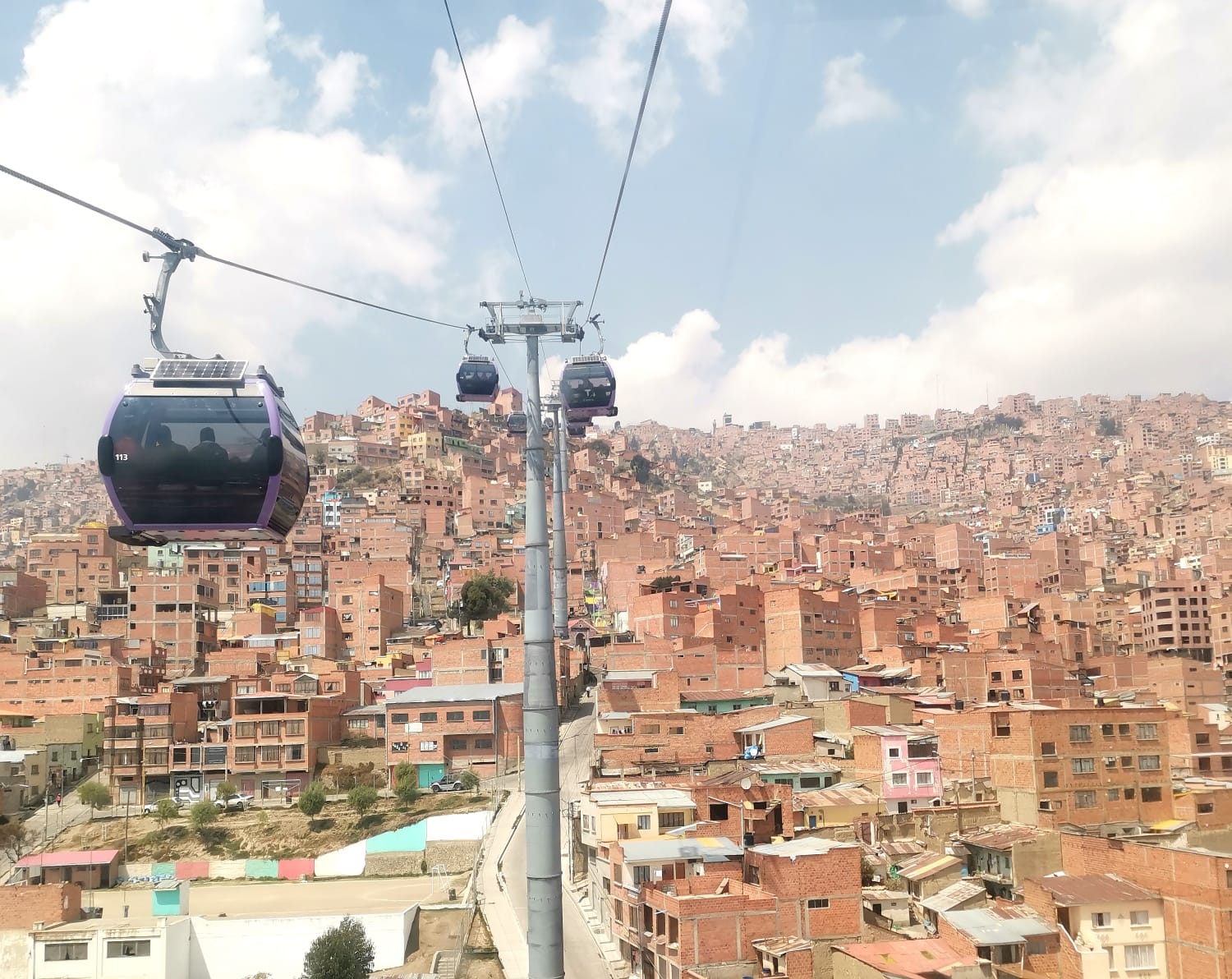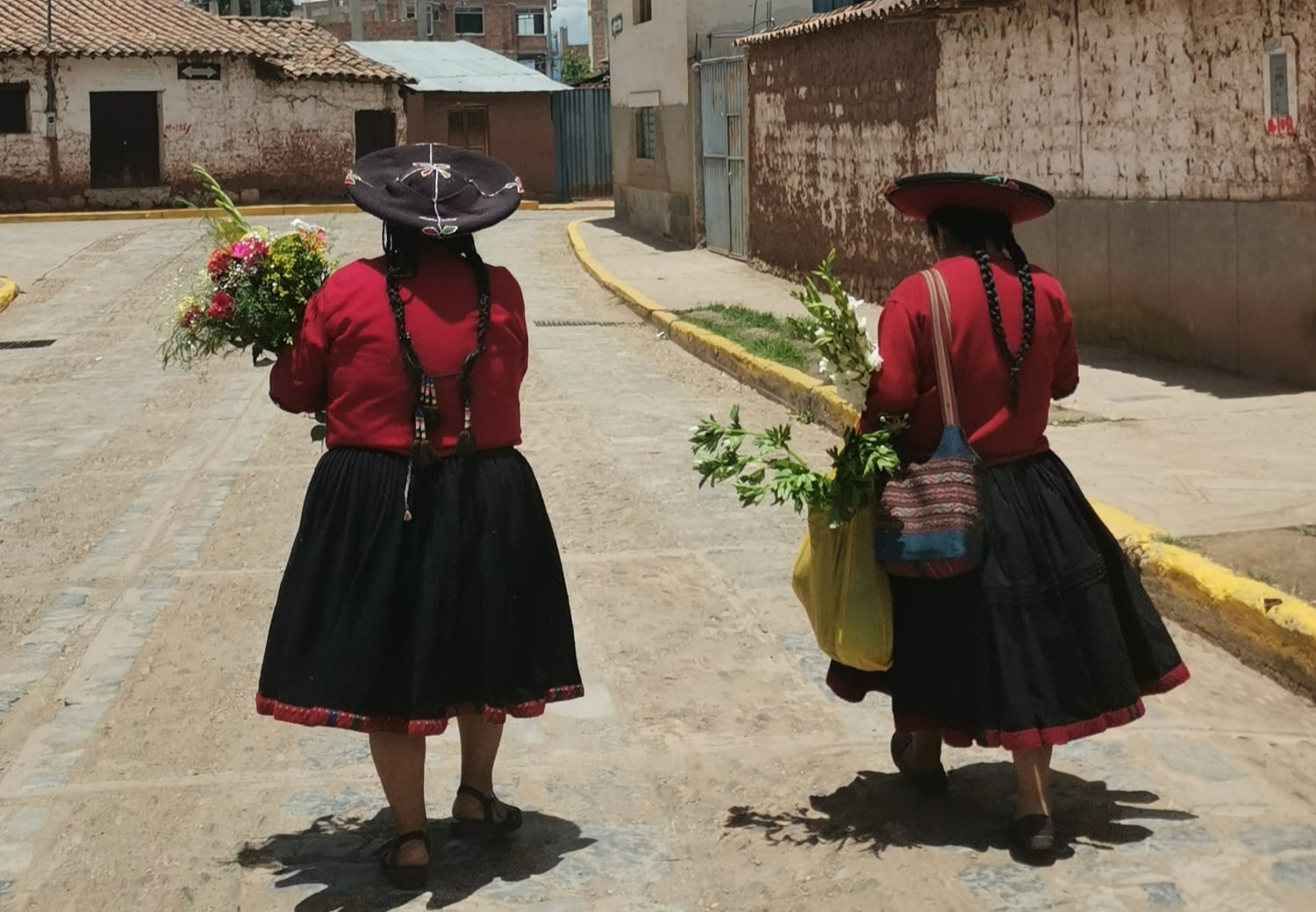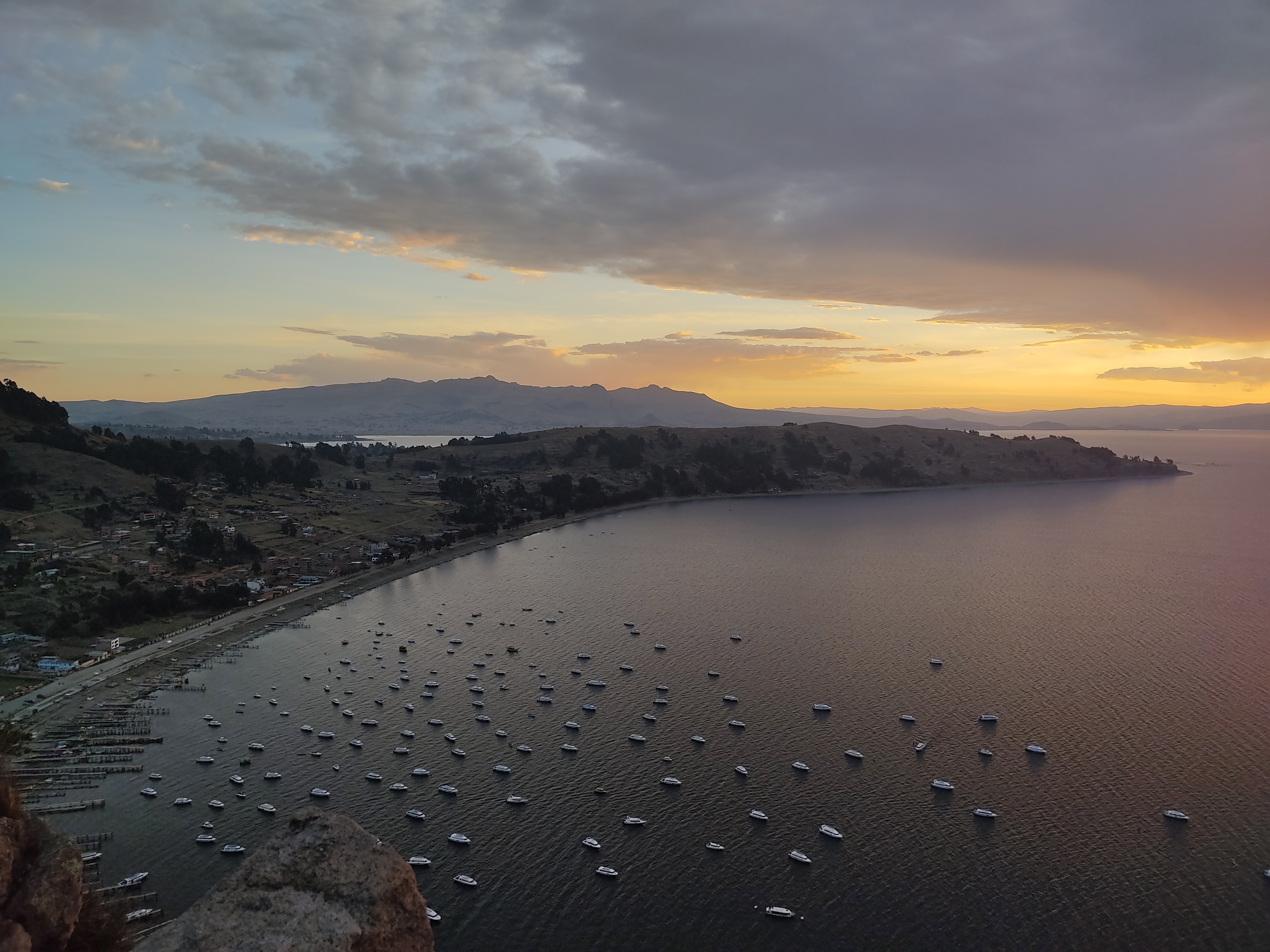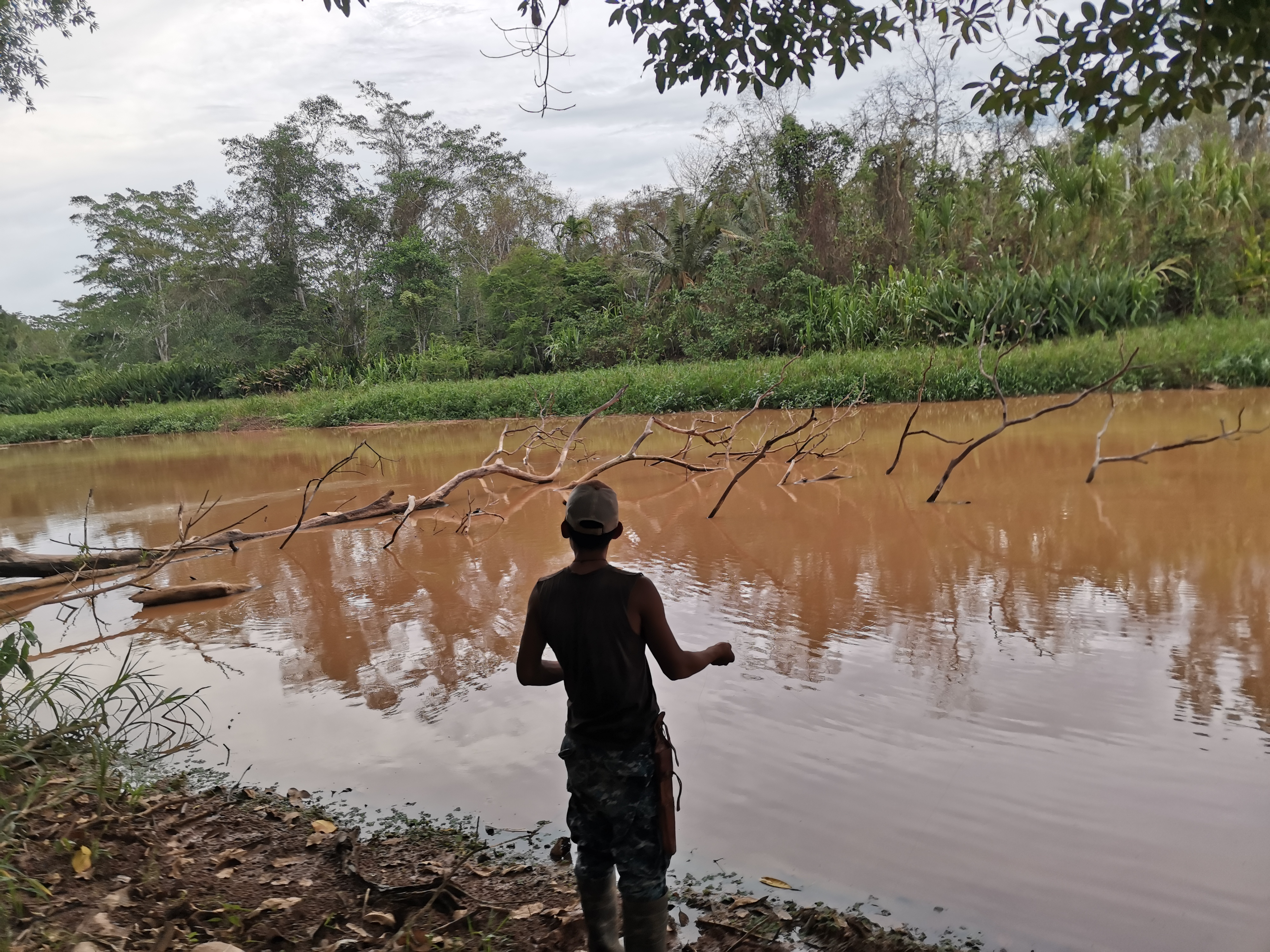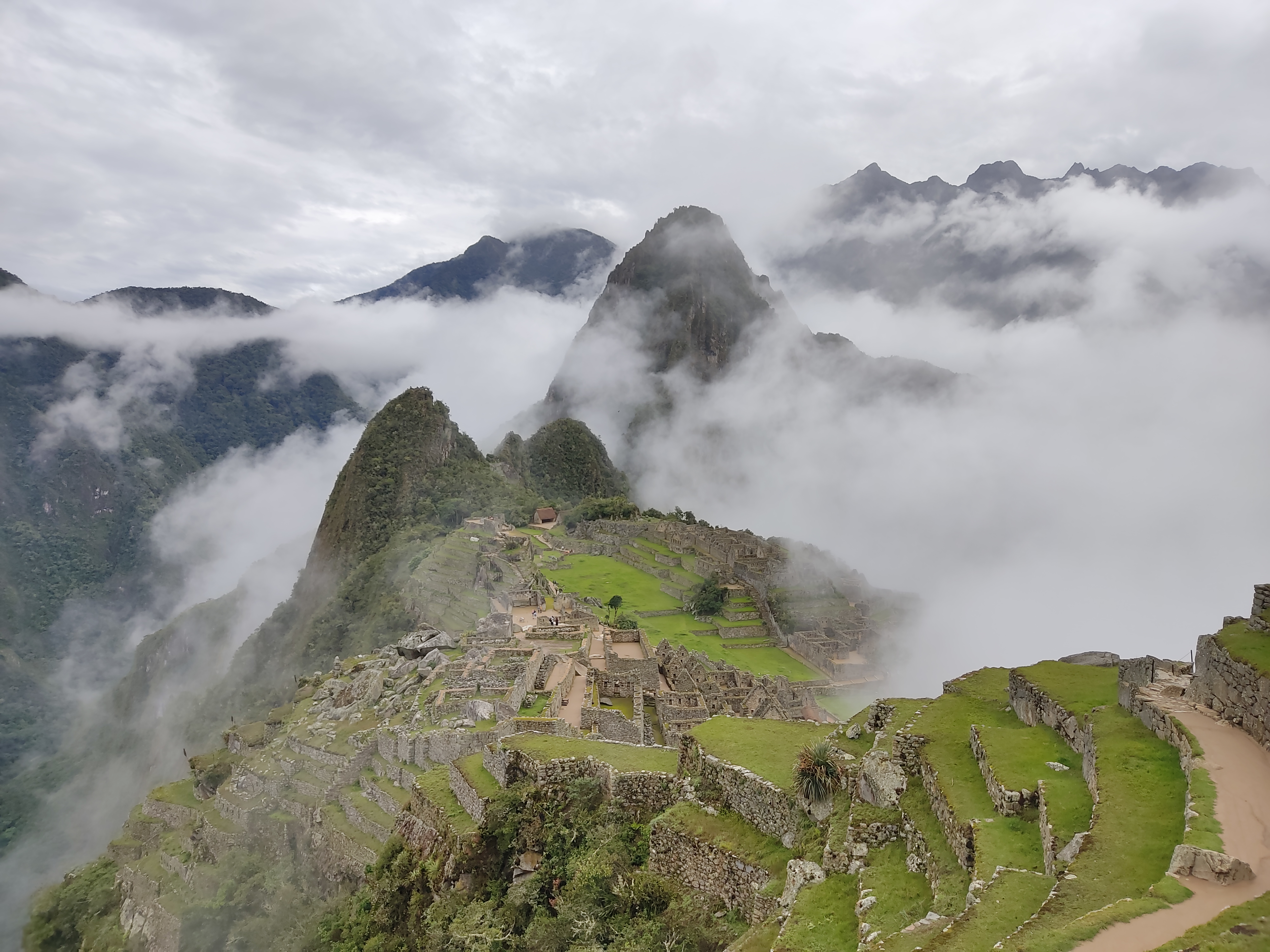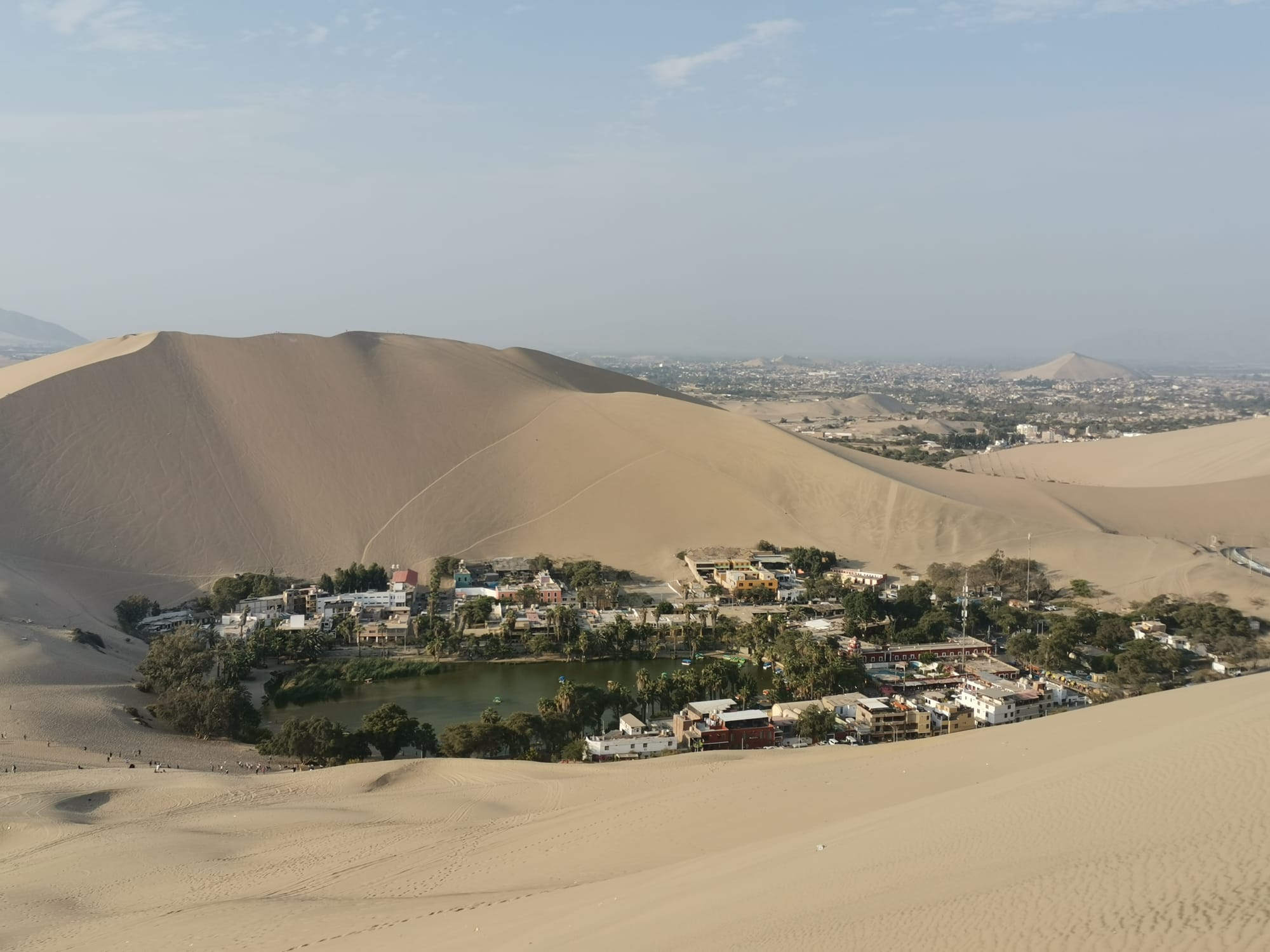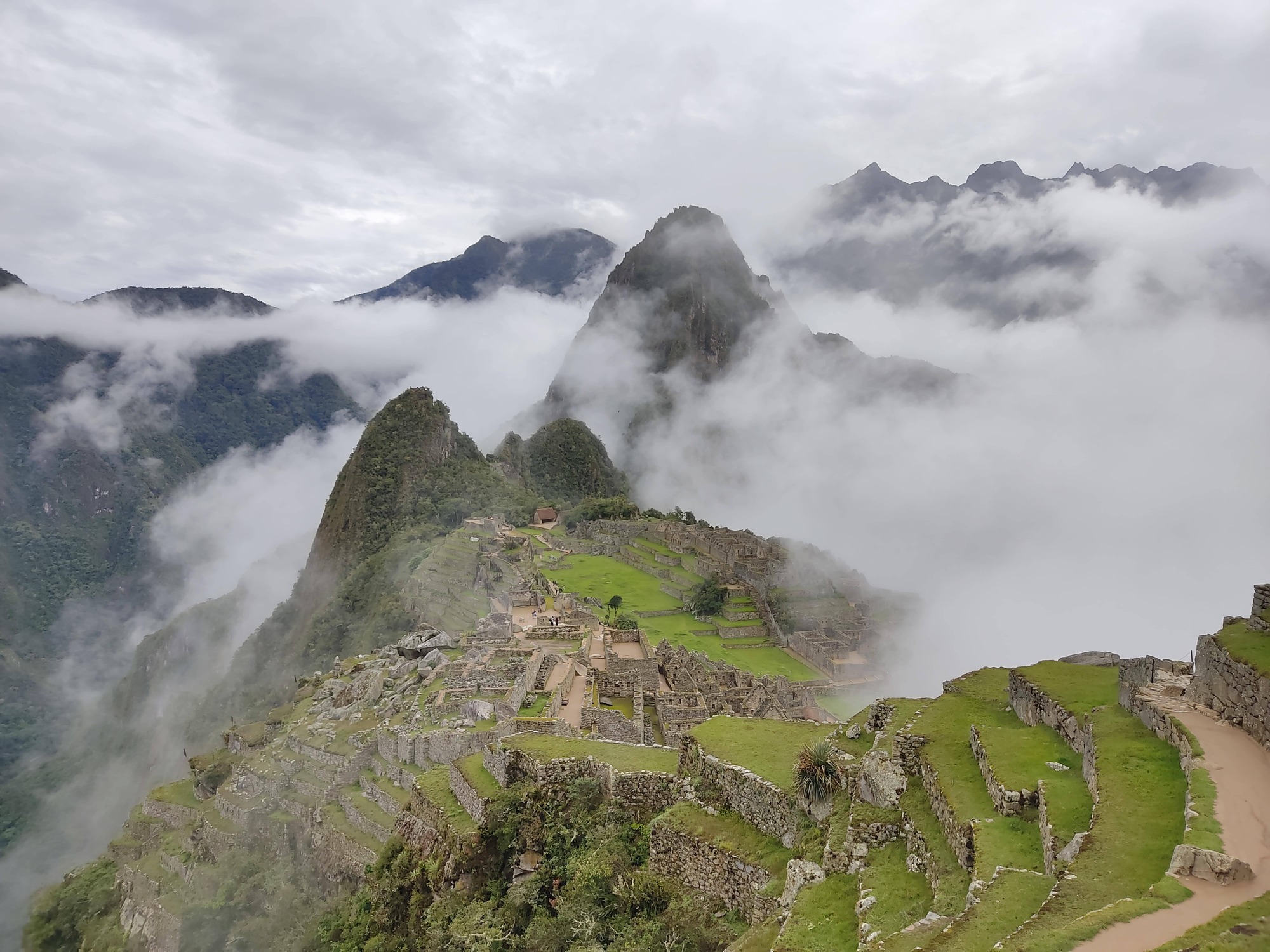Introduction
La Paz was one of our favourite places to visit in South America and so far our favourite city by a long way. You don't have to just take our word for it - the city is officially recognised as an urban wonder of the World (beating cities such as Paris and New York, much to the delight of our walking tour guide). Although it is a remarkable city, La Paz does not have many stand-out tourist attractions, at least not in the traditional sense, but it is the city as a whole and its unique character that we ended up loving. Nestled in a valley within the Andes mountains, a fittingly dramatic location, La Paz offers a chance to experience its lively and bustling streets, and learn a huge amount about the local culture and history. It also offers the chance to go on several thrilling adrenaline-filled daytrips in the surrounding mountains for when you are done exploring the city. We made the mistake of not taking many photosAlthough we don't have many photos to look back on, this did mean we could fully immerse ourselves in the city and take it all in without worrying about capturing everything in the form of photos. of La Paz, because no single photo could capture the feeling of the city, so unfortunately this blog does not do La Paz justice by any means.
History and Culture.
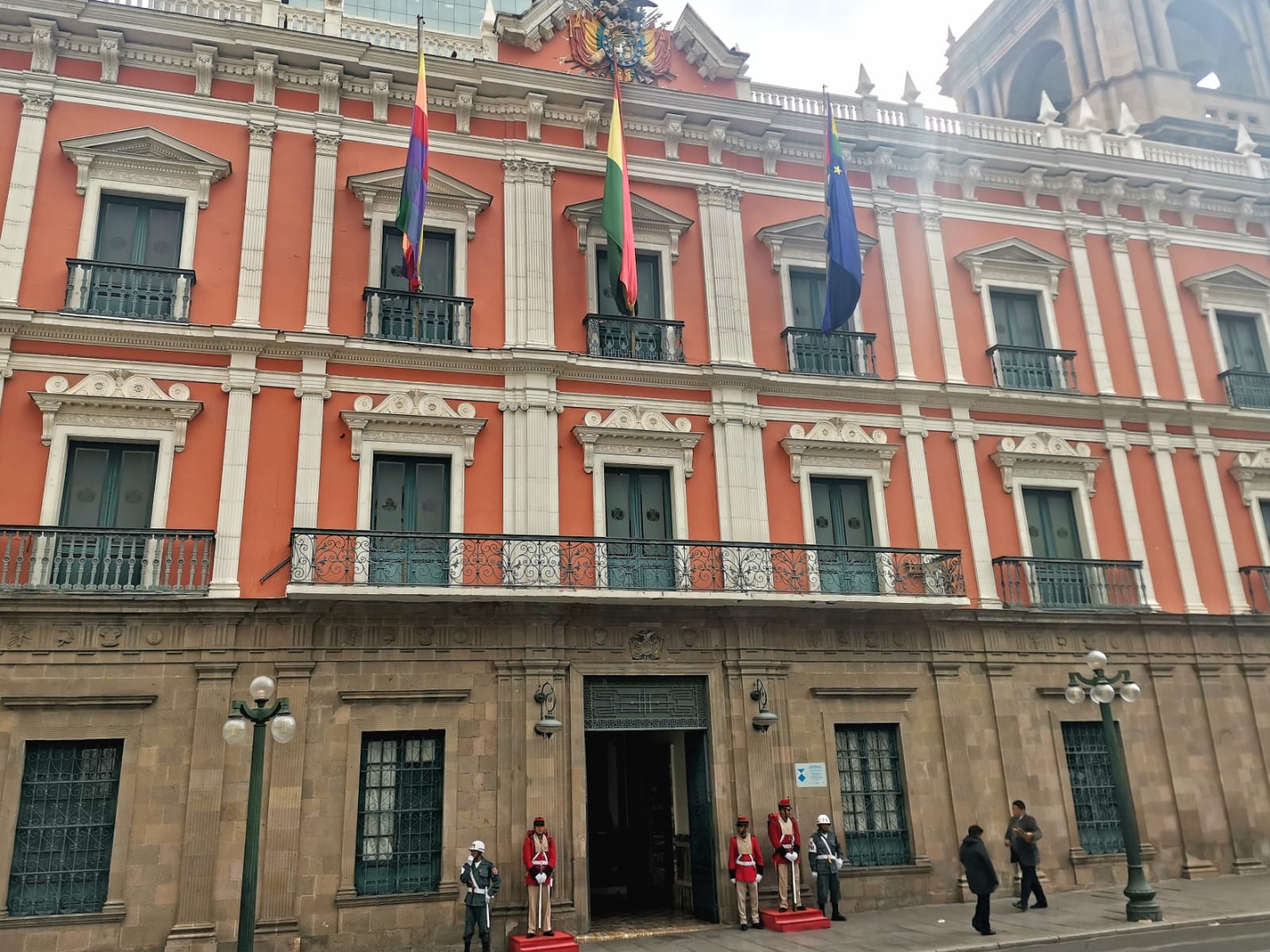
After one of the most scenic bus journeys of our trip, winding through mountains and valleys as the sun set, we finally saw the streetlights of La Paz twinkling like stars. In complete contrast to the last few days spent on the tranquil islands of lake Titicaca, La Paz is a bustling and somewhat chaotic city, in the best kind of way.
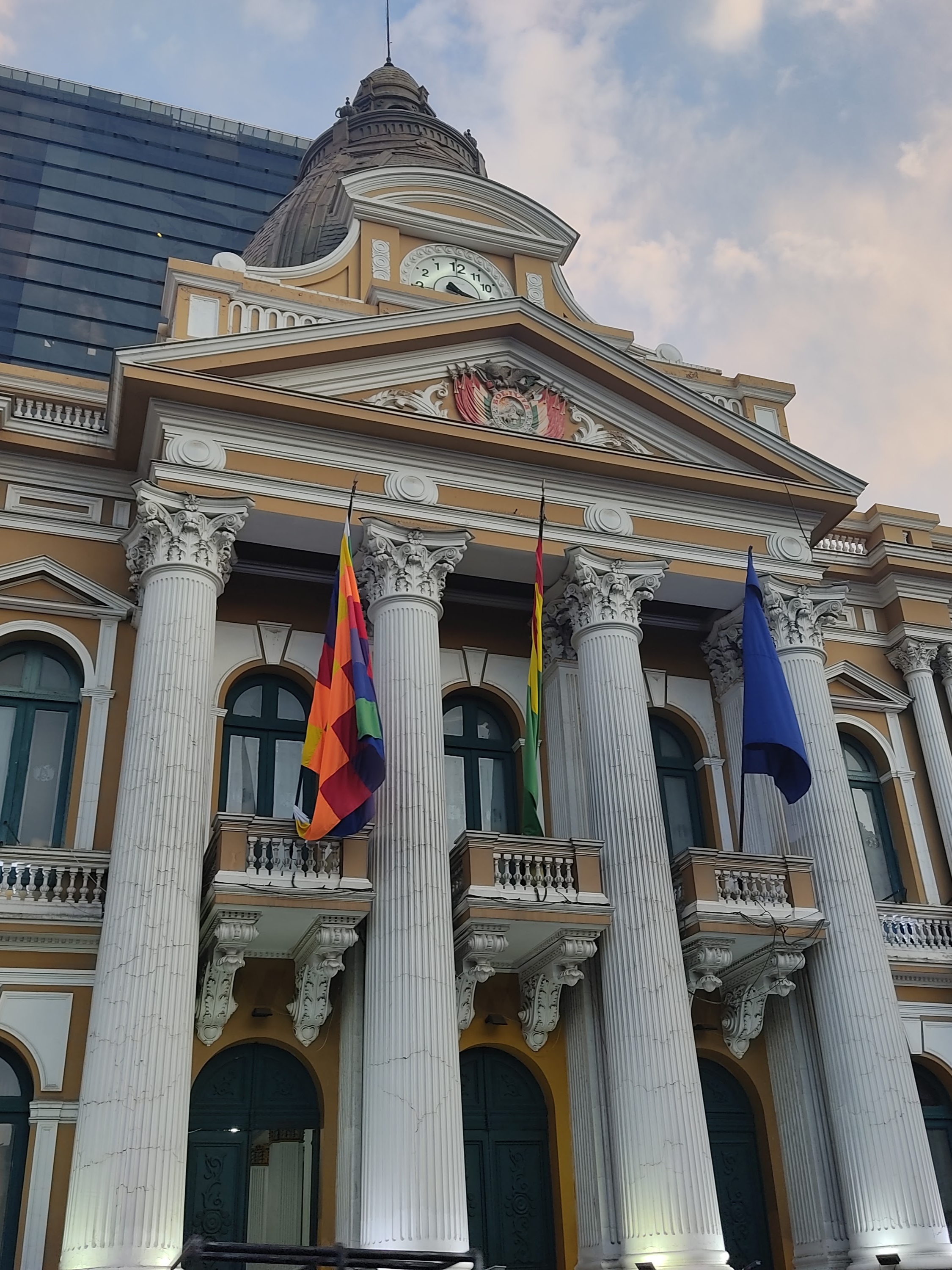
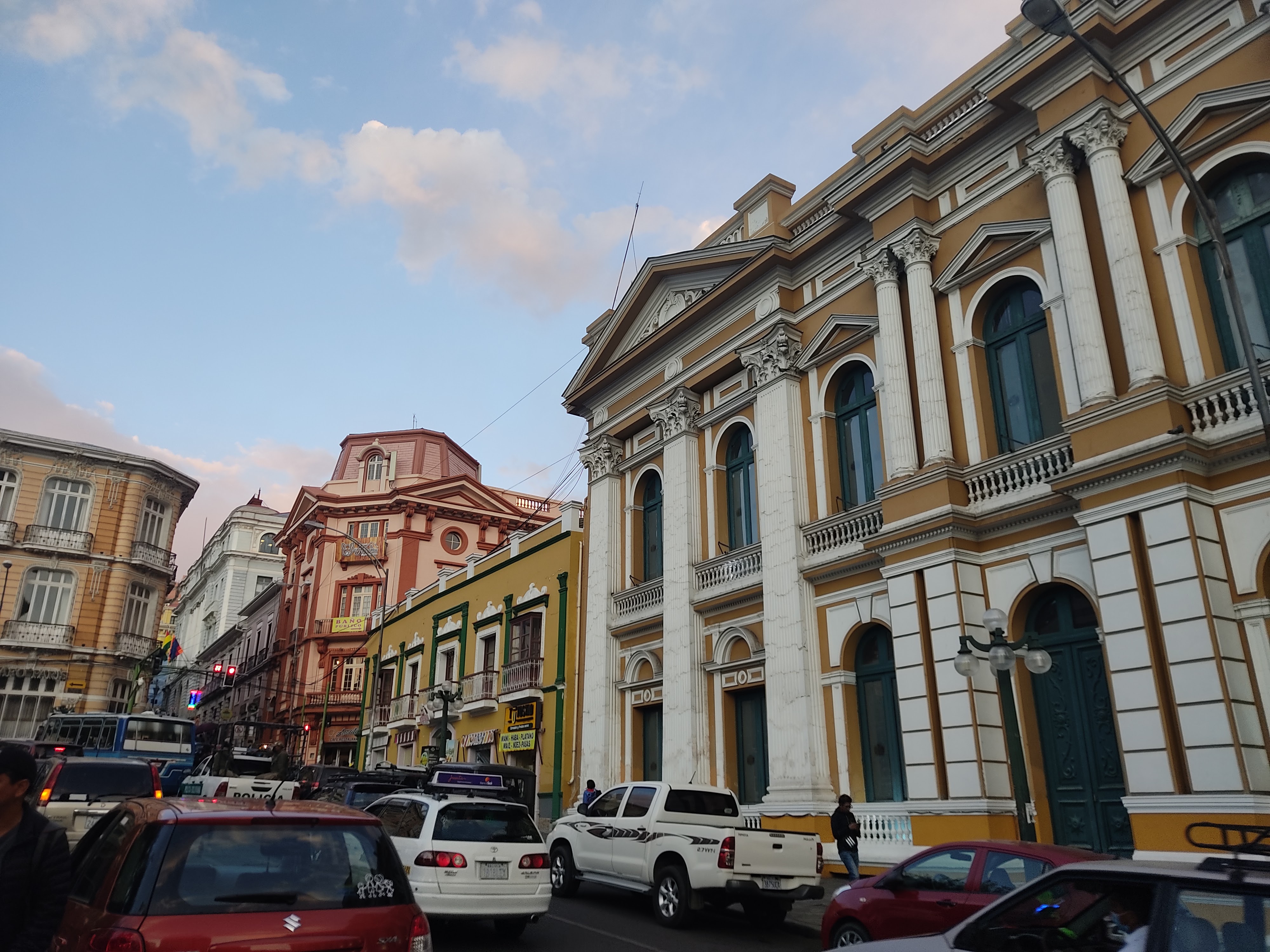
The first thing we usually do upon arriving in a new city is one of the free walking tours, which help oriente you to the new place while simultaneously gaining knowledge of the history and culture. We could not recommend the La Paz walking tour enough! The city is full of intriguing quirks and secrets that you can only learn about with the help of a local guide. Our guide explained a little bit of the historyLa Paz has a fascinating, if slightly dark, past. Our guide started by telling us the story of the best president Bolivia has ever had, who ended up narrowly surviving being burned alive when his office was set alight during a protest, only to then be brutally murdered in the city square. At least they built a statue in his honour, on the spot where he died. "He was the best one, so, imagine what we do to the bad presidents", our guide continued... of the city, and of Bolivia as a whole. The main plaza itself is a staggering juxtaposition, with children laughing and chasing pigeons in the foreground, with buildings which still bear bullet holes from the civil war behind them. Although today the squareThe main square is also the only place in the whole country where the cars respect the pedestrian crossings. is a peaceful spot to sit in the sun and enjoy some fresh streetfood with the locals, our guide assured us it would be the site of huge protests come the next presidential elections.
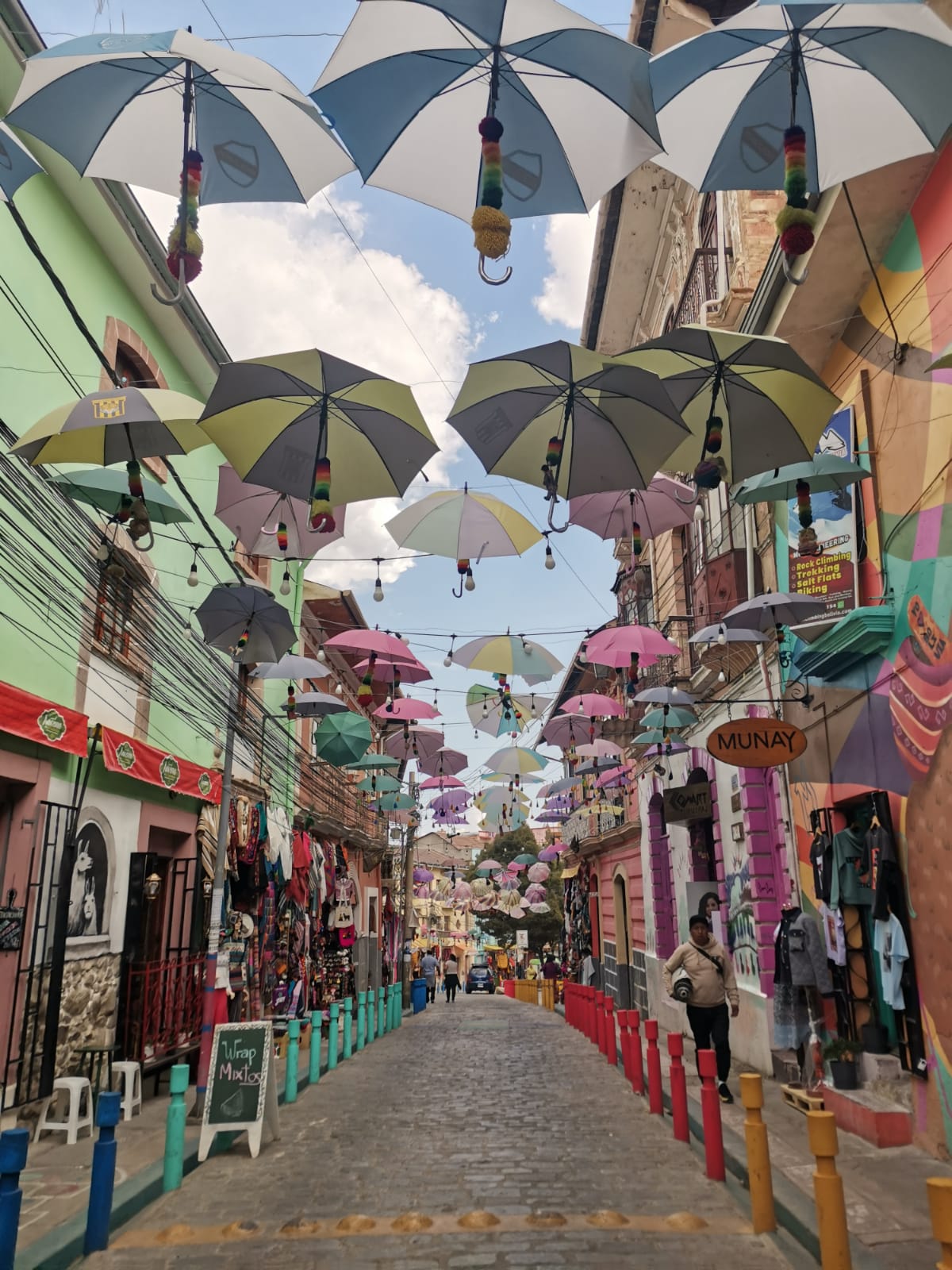
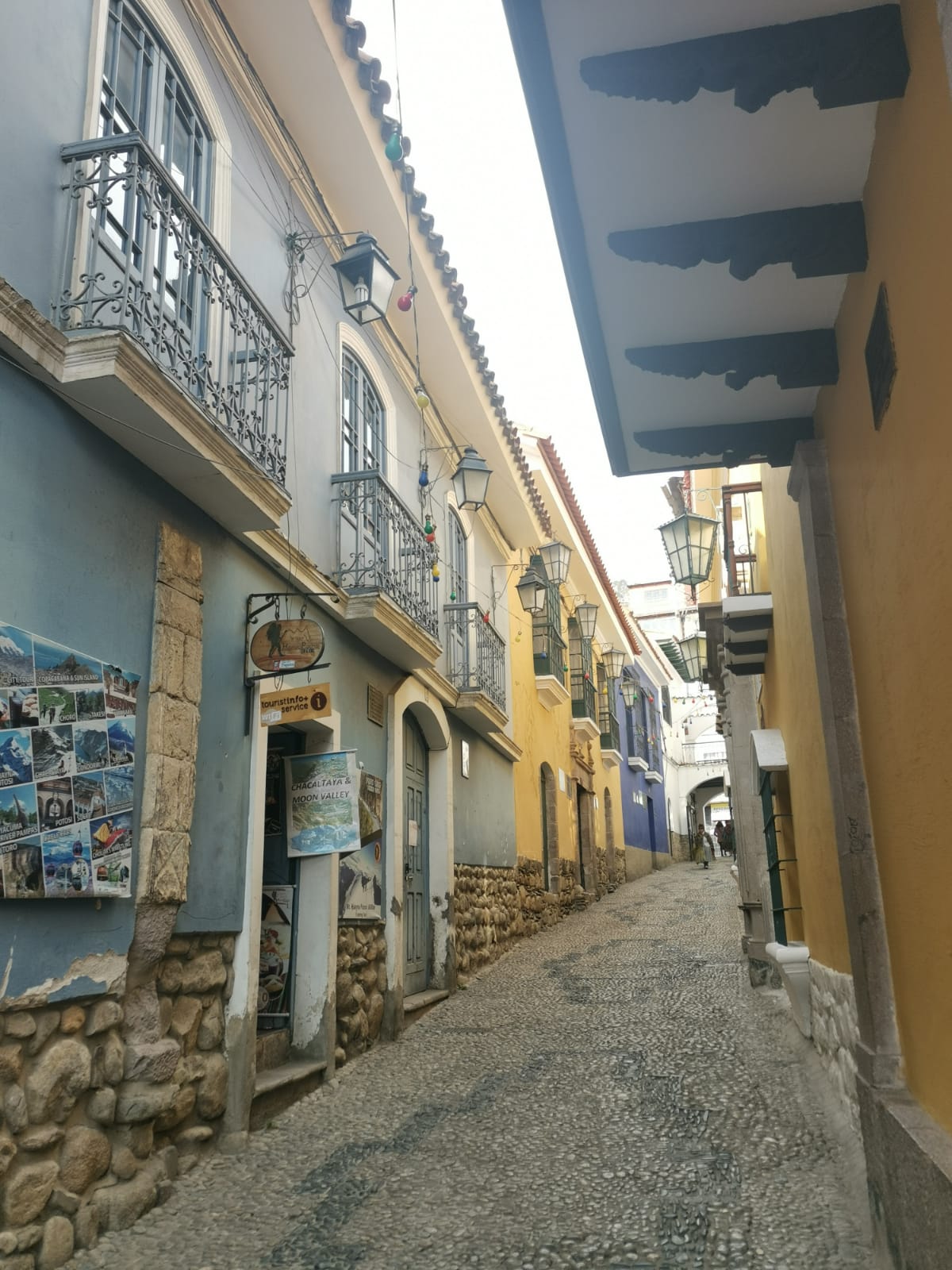
La Paz is also home to the infamous San Pedro prisonToday, San Pedro prison is only for minor offences, our guide assures us that they do have more modern, 'normal' prisons in the rest of Bolivia for more serious offenders. Most inmates at San Pedro have been charged with financial crimes, hence the various economies thriving inside., bizarrely located slap bang in the centre of the city. The justice system in Bolivia is unusual - you are assumed guilty unless proven innocent. As a result, San Pedro prison is full of people who are still awaiting a trial. Many will remain there for years, perhaps even longer than the sentence they ultimately receive. This is a prison, in the loosest sense of the word, and is more like a self-sufficient mini city. There are no guards within the prison walls, and the inmates actually have to pay rent for a cell. As a result, they have set up a whole economy inside, with prisoners working as restaurant chefs, barbers or tradesmen in the prison. Alternatively many inmates turn to illicit industries to pay their rent. Families of the inmates are allowed to enter and leave the cells freely as and when they want, (subject to a check from the only guards, standing outside the gates) and some families even set up permanent residence there, only leaving to go to work or school in La Paz during the day.
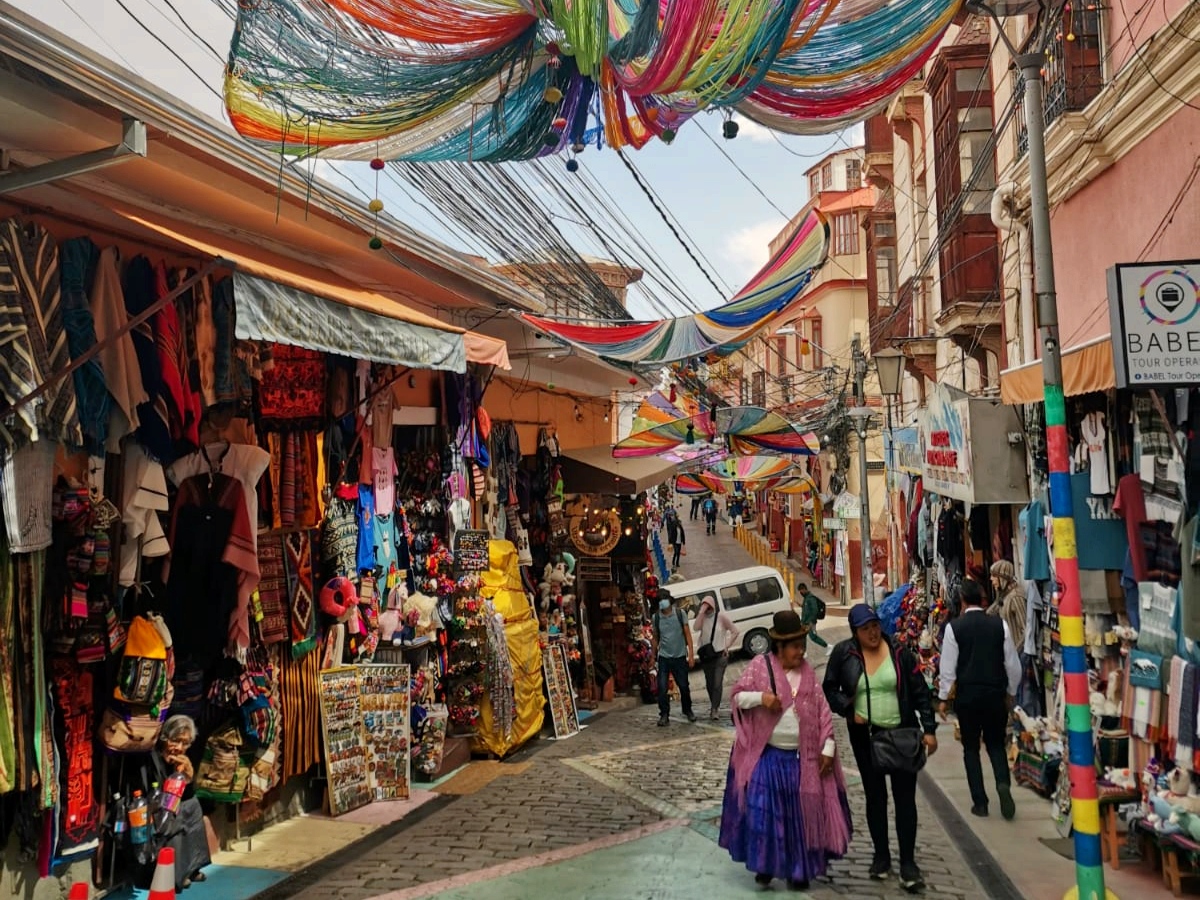
While most South American cities feel very globalised, with some feeling just like Western cities, this is not the case with La Paz. One of the best things about La Paz, and Bolivia as a whole, is that it still has pieces of indigenous traditions and culture evident in daily life. The CholitasOn Thursdays, in El Alto, a curious event known as 'Cholita wrestling' takes place. Although we didn't attend, it is one of the most popular tourist attractions, and involves native women participating in WWE style theatrical wrestling. are indigenous women of Bolivia, who wear wonderfully colourful dresses, long braided hair, and tiny bowler hats. They are easy to spot wandering the streets and brighten up the city. This was the first hint we got of the unique culture of Bolivia, of which there was a lot more to come over the following month.
El Alto
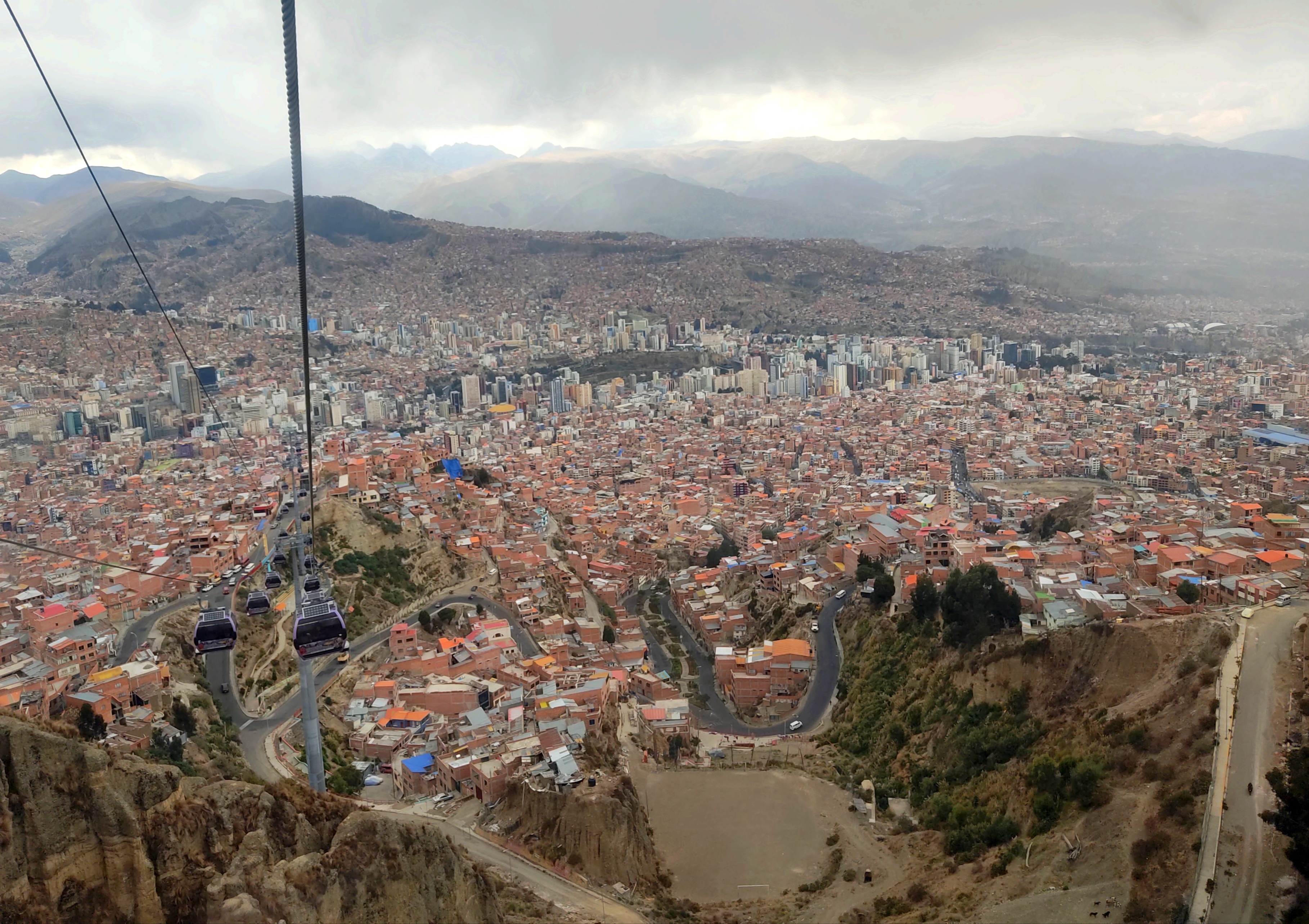
Technically, what most people refer to as La Paz is actually two cities - Nuestra Señora de La Paz (La Paz's full name, meaning Our lady of peace), and El Alto. La Paz was founded in the bottom of the valley, but as the city grew it soon ran out of space, resulting in the expansion onto the surrounding mountains. Eventually, these settlements grew into a completely new city, El Alto, which is now biggerSince El Alto is bigger, and at a higher altitude, than La Paz, it technically holds the title of 'highest city in the World' than La Paz itself. Today, La Paz is the bustling busines centre, with the poorer and crowded residential areas located in El Alto. As well as providing an incredible view over the metropolis of La Paz, El Alto is also home to some unusual sights, the most famous being the Witches market. Along this street, locals gather into one of the many small sheds to have appointments with the witch doctors. The witch doctor will prescribe an appropriate ritual for the patient to perform, requiring various superstitious objects which can be purchased from the many stalls on the opposite side of the road. Dried plants, fragrances, sweets, alcohol, and dried mammals and llama foetuses hang ominously from the ceilings of these shops. It is thought that burning these, taking them to certain locations, or buryingMany of these rituals are thought to be appeasing 'pachamama' (mother Earth). Burying food and alcohol is likened to feeding the Earth in return for its protection. them underneath construction sites, will bring luck and heal certain ailments.
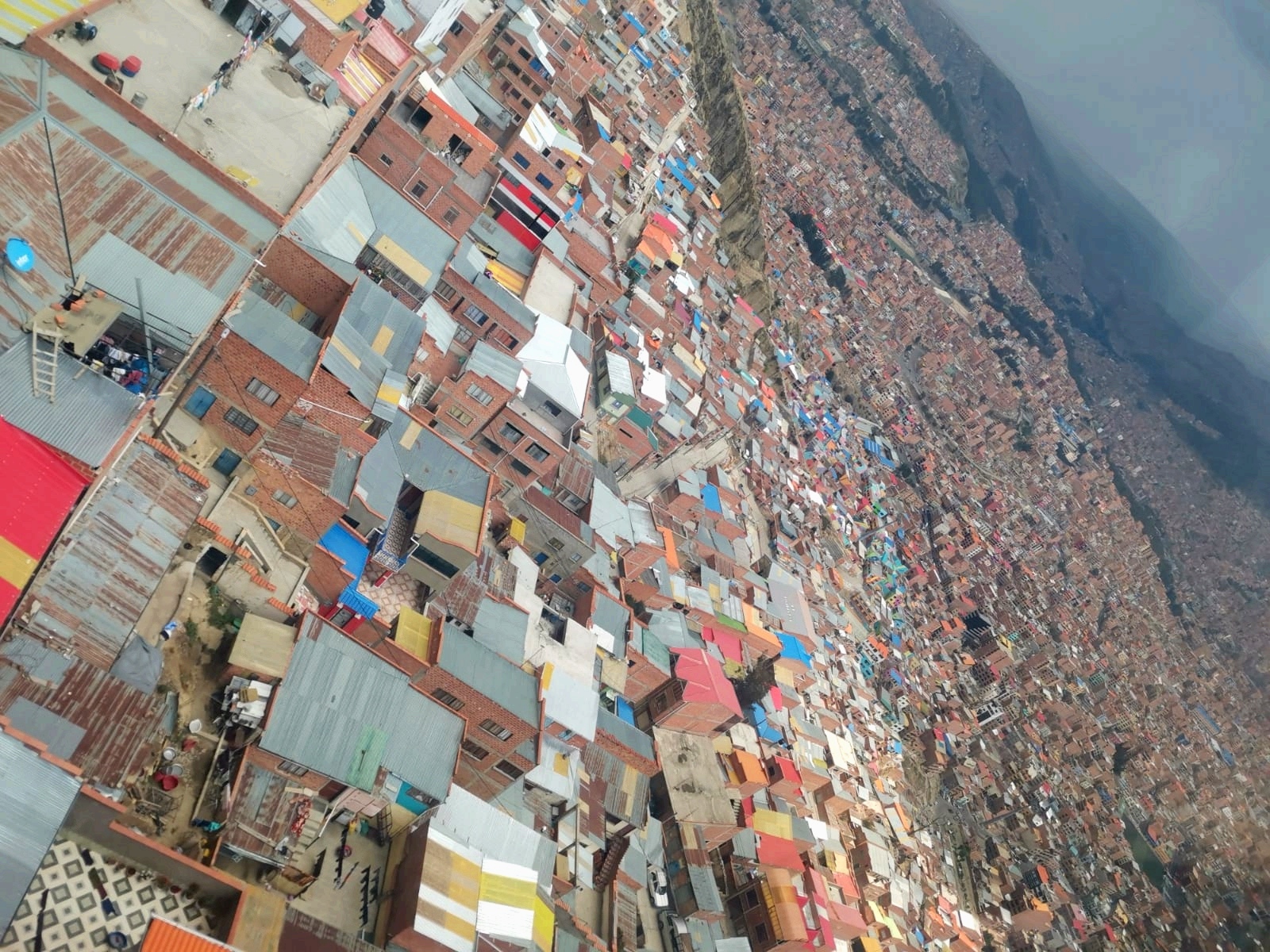
El Alto also has the largest outdoor market in Bolivia (and reportedly one of the largest in the world). The market has no defined boundary, sprawling out over many blocks of the city. Called feria 16 de Julio, this market houses locals selling genuinely anything and everything. Fruits, vegetables, live animals, mobile phones, power tools, clothes, cosmetics, houseplants, various car parts, and lots more. Every Thursday, locals flock here to buy their goods. Things calm down just a little bit on other days of the week, with just the regular fruit and veg market in full swing. This 'small' market still covers several blocks of the city, with more food than we could imagine (lorries full of watermelons, and warehouses overflowing with pumpkins). We went during Mango season, and the whole street smelled like mangoes.
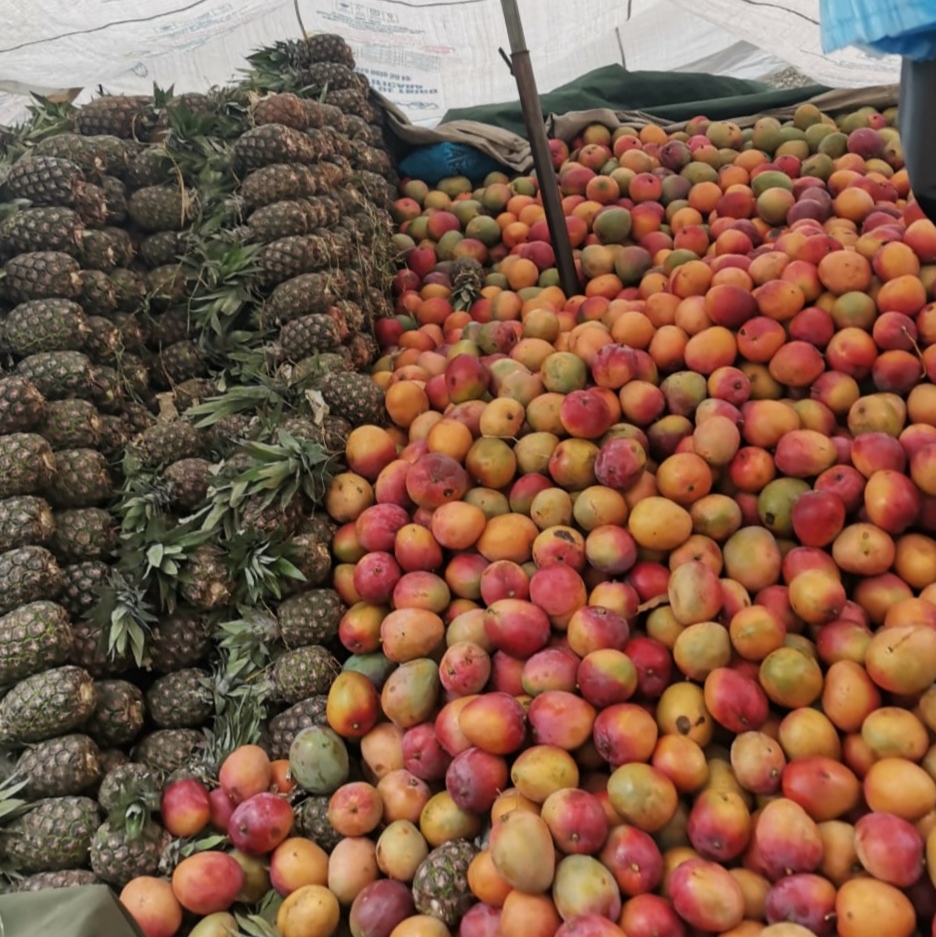
Although the centre of La Paz might be in the valley, the heart of the thriving city arguably lies on the mountains above, in El Alto.
Viewpoints

Some cities have rooftop bars atop massive skyscrapers to provide a view of the cityscape, while others have exclusive tours through towering office blocks. In La Paz, getting the best city view involves taking a ride on its unique public transport network. Because the streets are very congested, local buses aren't very effective at getting across the city. There are also several rivers underneath the city, making a subway system implausible, and the steep mountains make overground trains impractical. La Paz came up with an ingenious solution to it's public transport conundrum: solar powered cable cars known as mi teleferico.
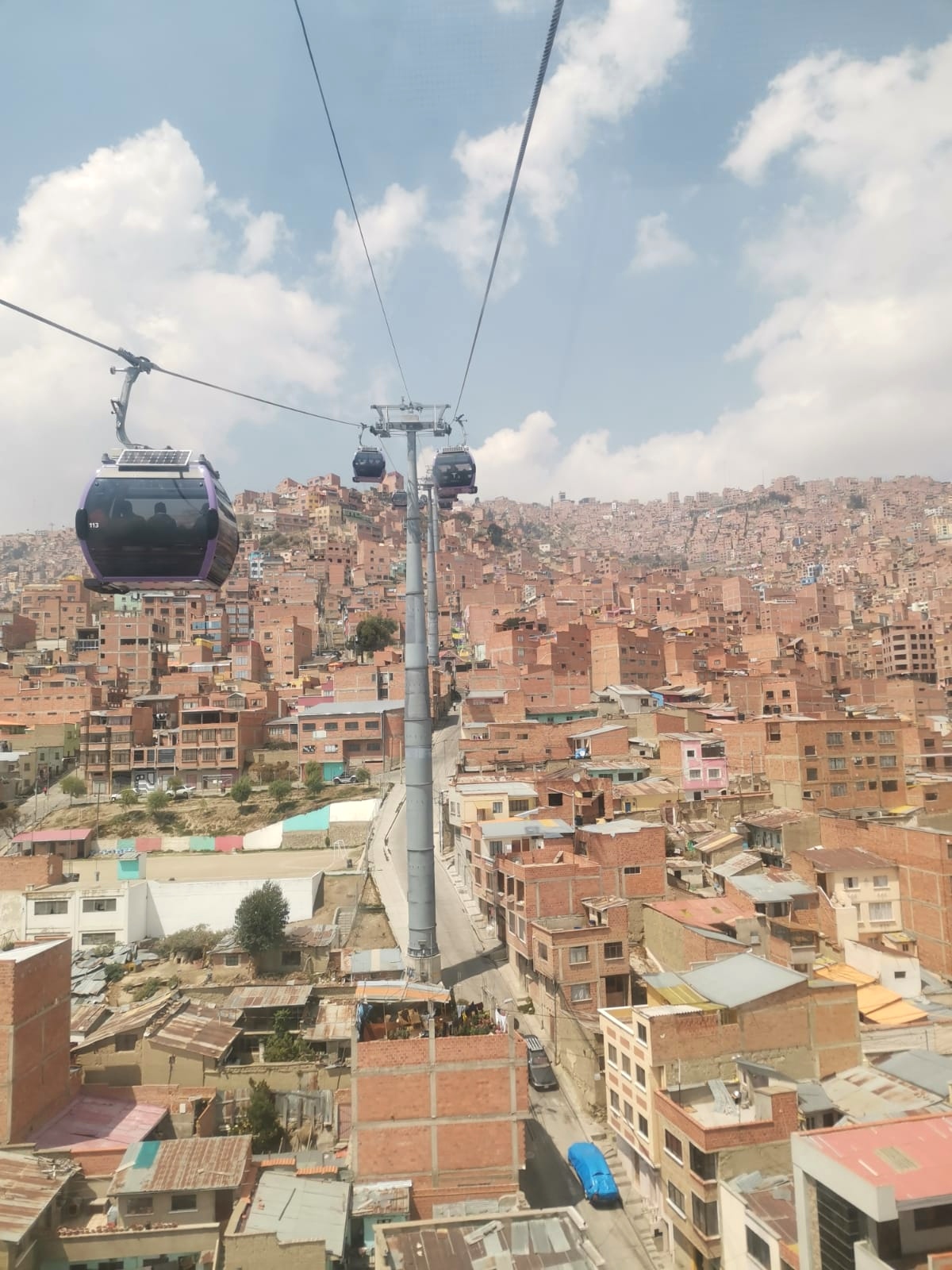
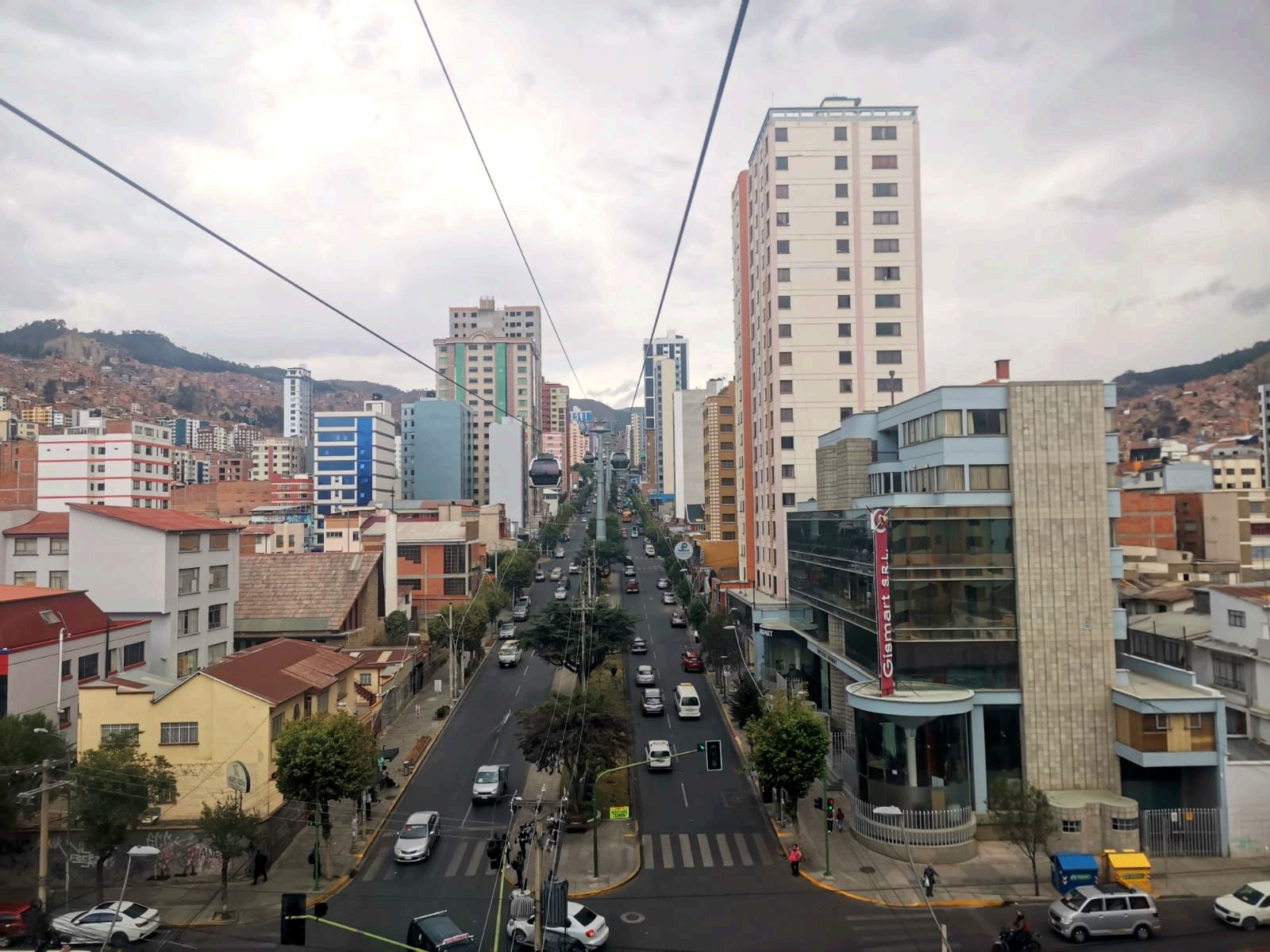
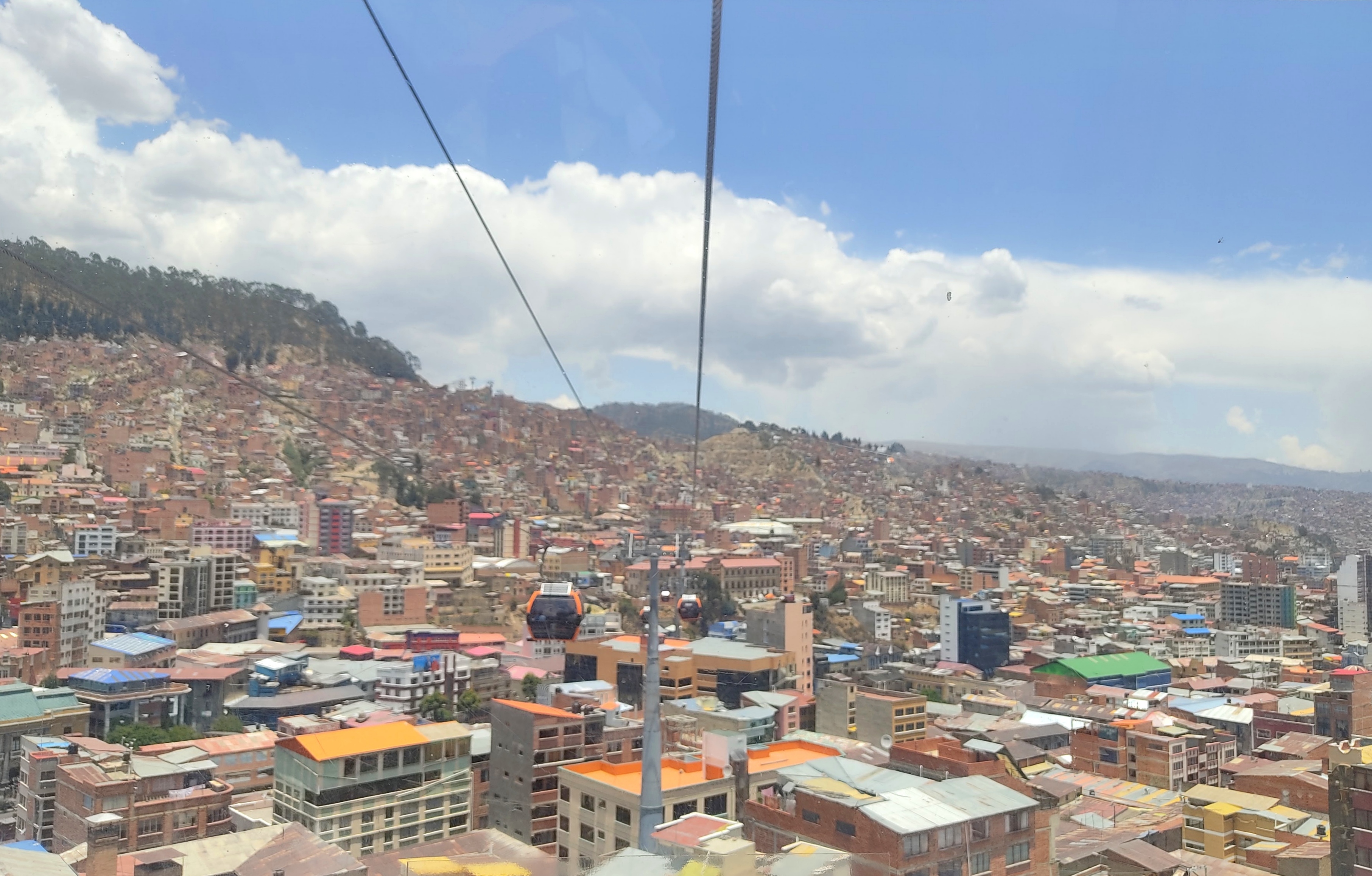
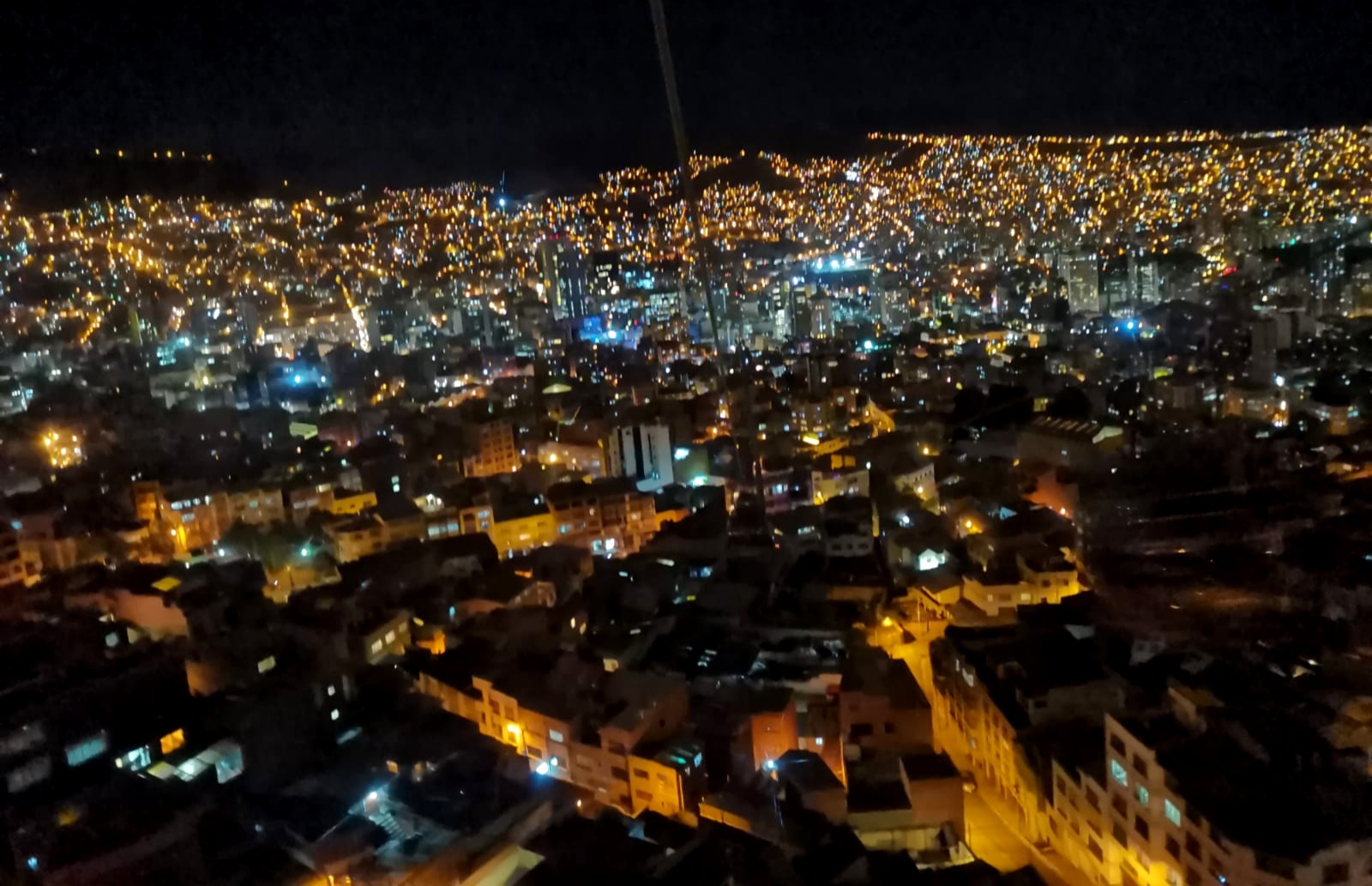
The cable cars are the best way to get an incredible view of the city of La Paz. We never expected something so simple could be so impressive, but we ended up finding any excuse we could to ride them. Nowhere else in the World can you fly above the skyscrapers and houses so easily. The cable cars are not only a fun way for tourists to see the city, but are a cheapA single fare on one line costs 3 Bolivianos (~£0.30), but if you plan on changing lines you can get a good deal., quiet, and efficient way to take passengers between the mountains of El Alto and La Paz. There are currently 9 lines, which connect most of the city, making a one of a kind public transport system. It's an incredible modern solution to the city's transportation needs, and is a daily necessity for most of the locals. The cable cars are just one of the many unique touches that make La Paz an incredible city.
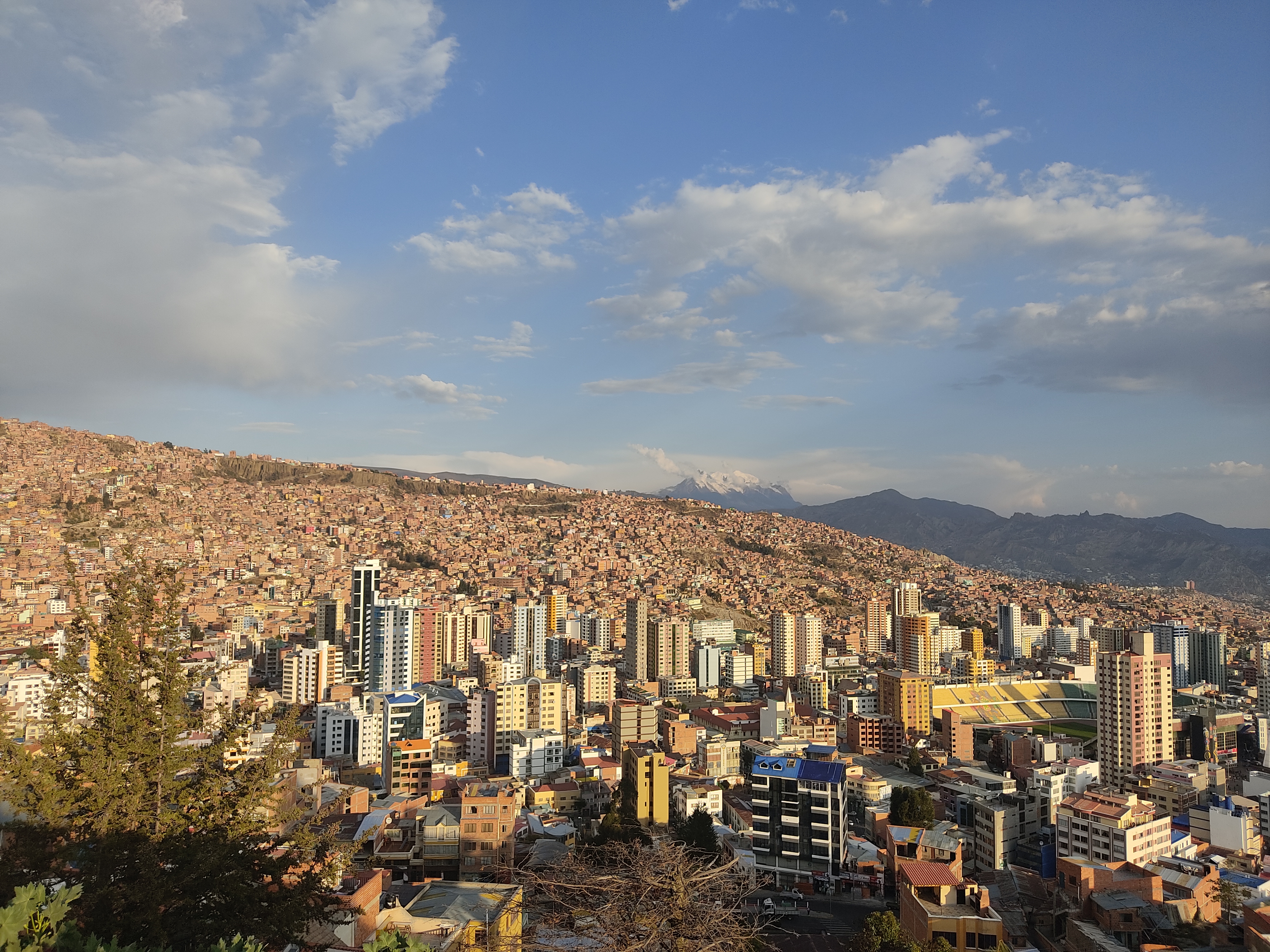
As well as the cable cars, La Paz does have more traditional viewpoints, and the best of these is mirador kilikili, towards the east of the city. Heading here in the afternoon provides an almost 360-degree panorama of the whole city, with its skyscrapers and sprawling residential areas spreading across the valley, illuminated by the low sun. On a clear day, you can see right across the whole city, to the snow-capped peaks of the Andes beyond.
Food and Drink in La Paz

We soon learned that finding a hostel with a kitchen was a very rare occurrence in Bolivia. Even La Paz was no exception, but fortunately the food and drink options in the city were endless. Although streetfoodThe most popular streetfood in Bolivia is the salteña, a pastry very similar to empanadas. However, Salteñas are made from sweeter pastry, and are filled with chicken, beef, or pork, in a gravy-like sauce. was common, it was rarely vegetarian unlike other places in South America, but the restaurant prices were so affordable that this didn't matter.
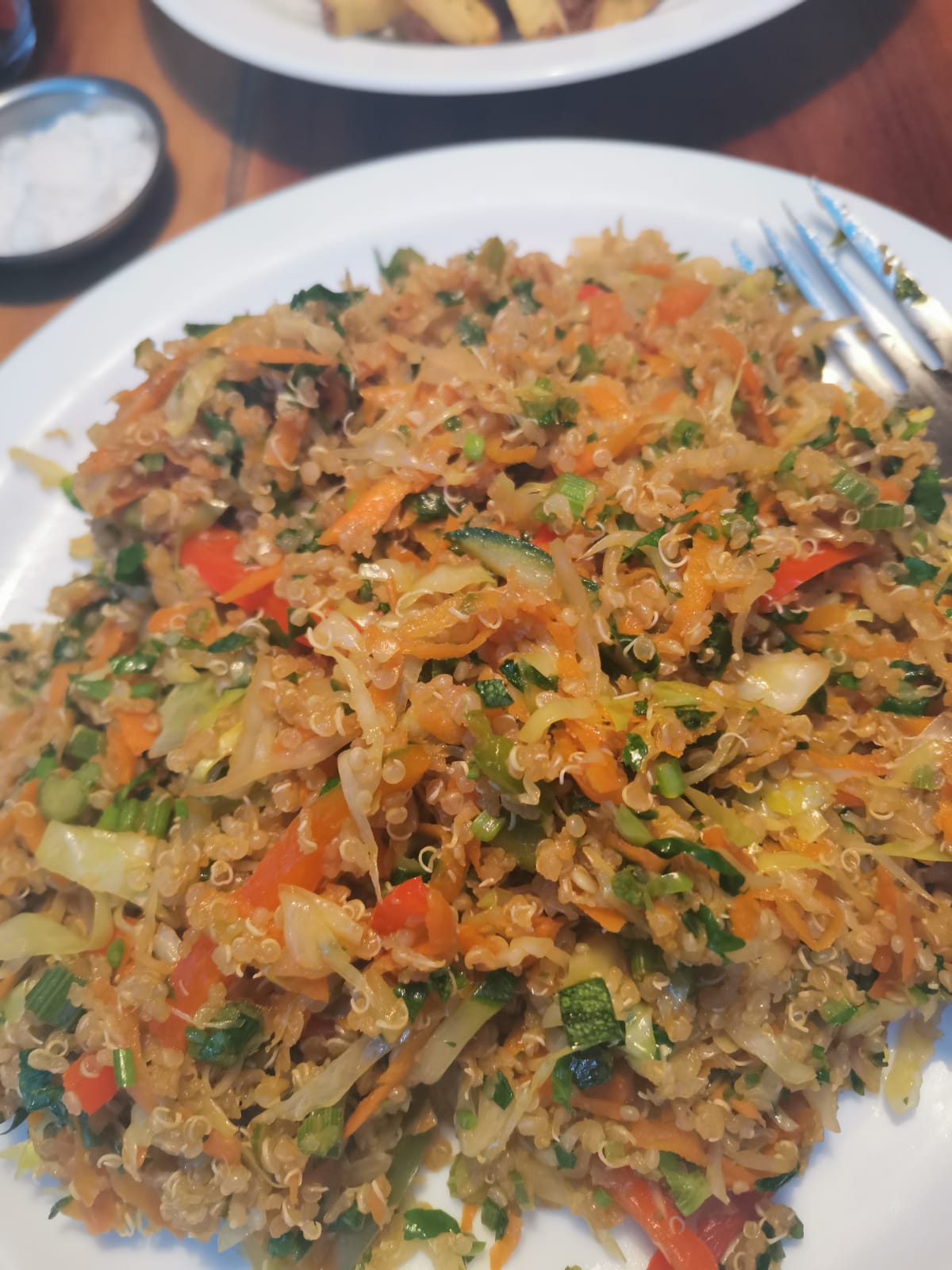
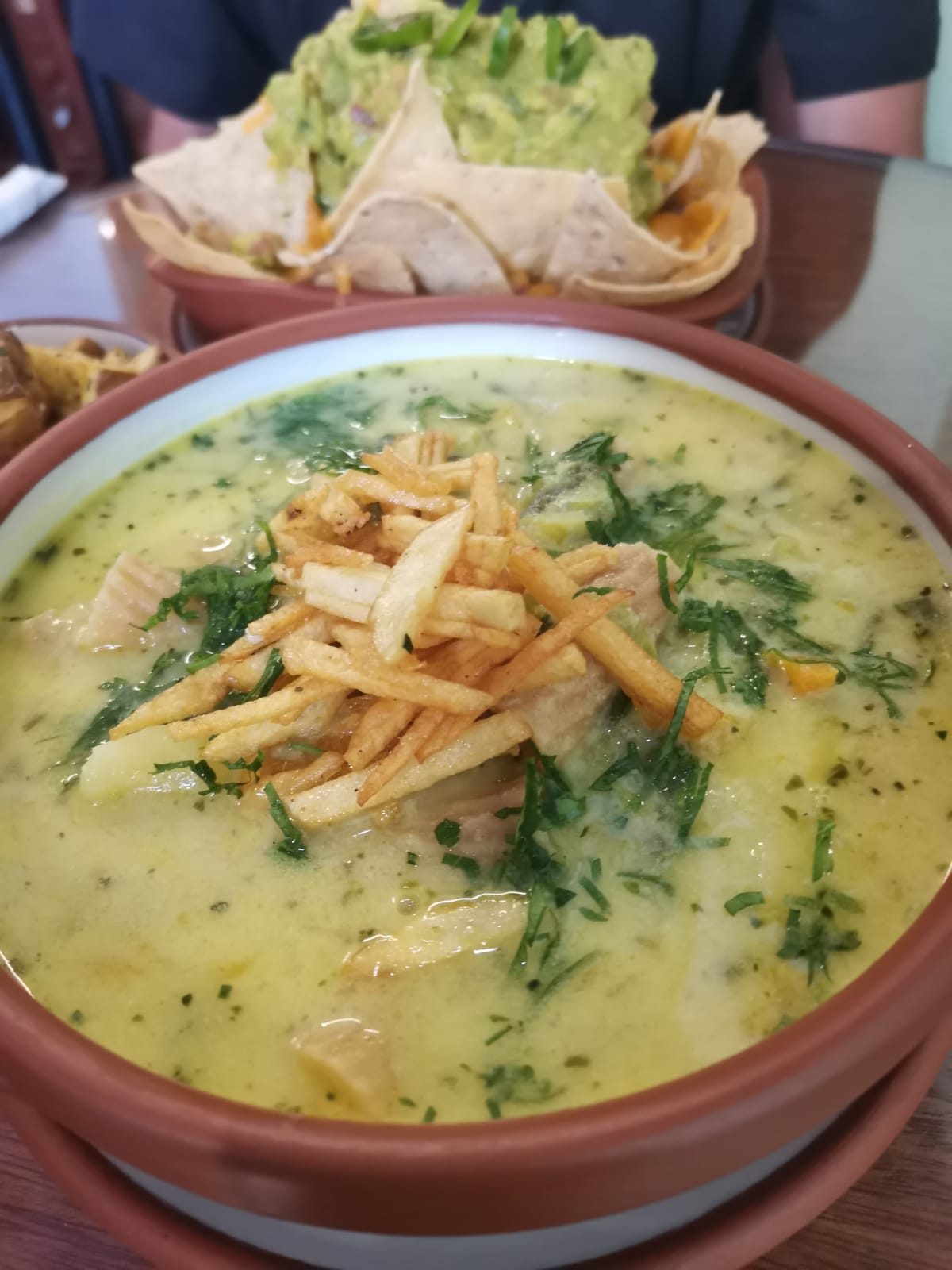
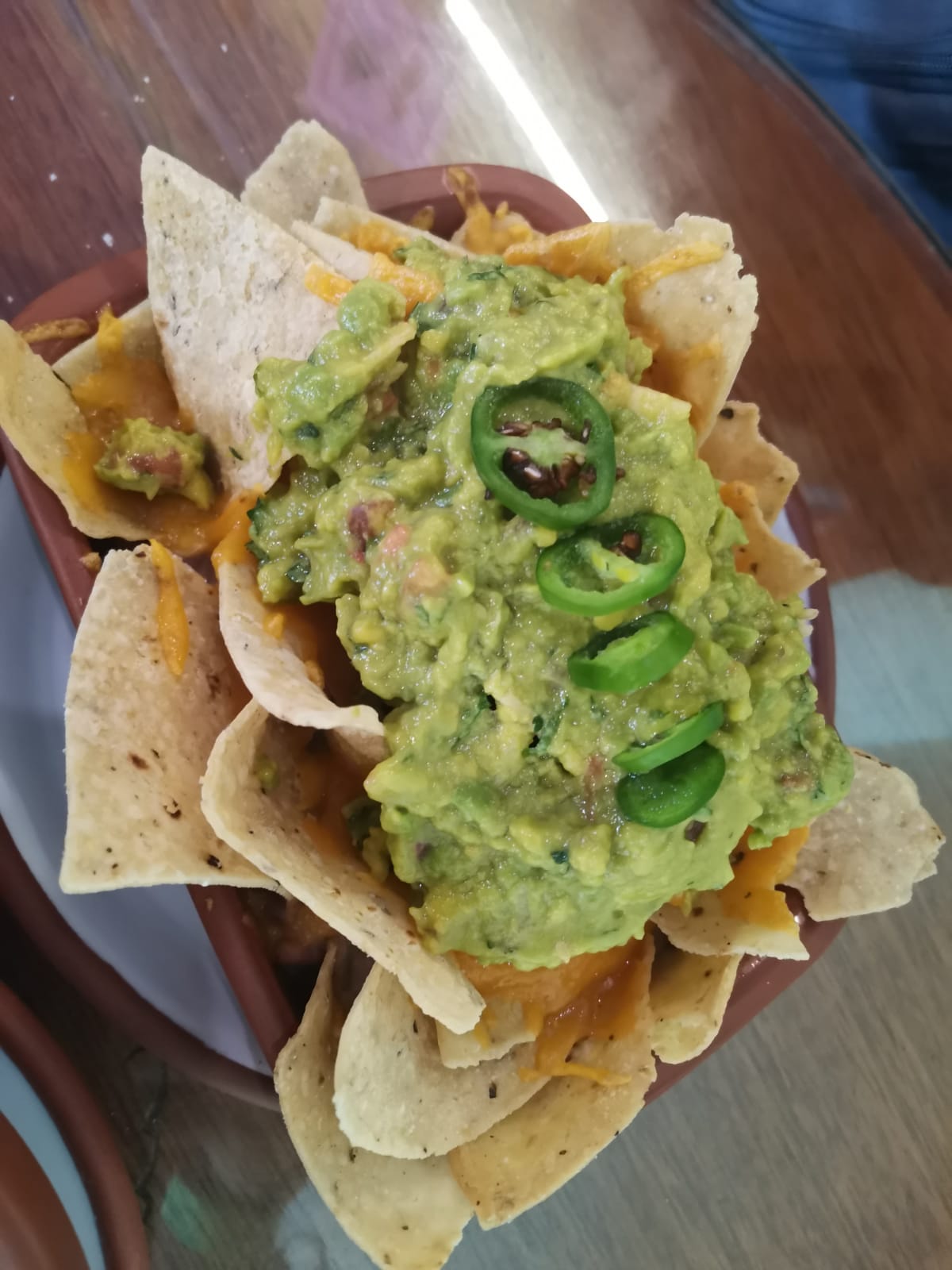
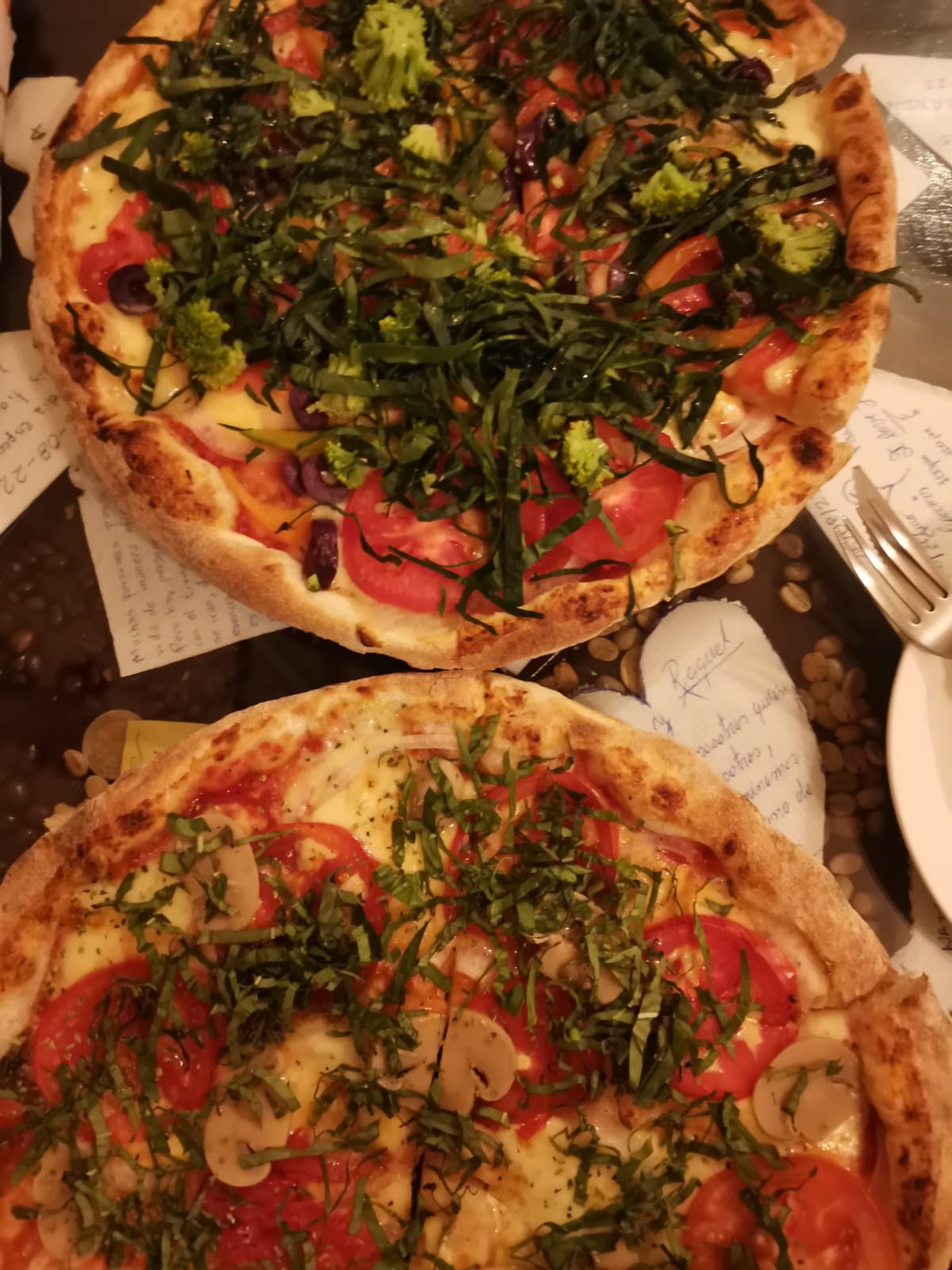
There were also lots of popular vegetarian and vegan restaurants, including lots of places serving traditional Bolivian dishes. We scooped up a cheap menu del diaMenu del dia is a common option in South America, and is particularly popular with the locals. It is the most cost-effective meal, where the host makes a big batch of one dish per day, and serves it to everyone. It usually consists of a soup/starter, a hot drink, and a main course. that was 100% vegan, which was great because, as vegetarians, we were worried that we would miss out on this traditional form of dining. Our favourite restaurant was Namasté, which served a vegan menu del dia, as well as a huge vegan menu full of both Bolivian and international dishes.
Valle de la Luna
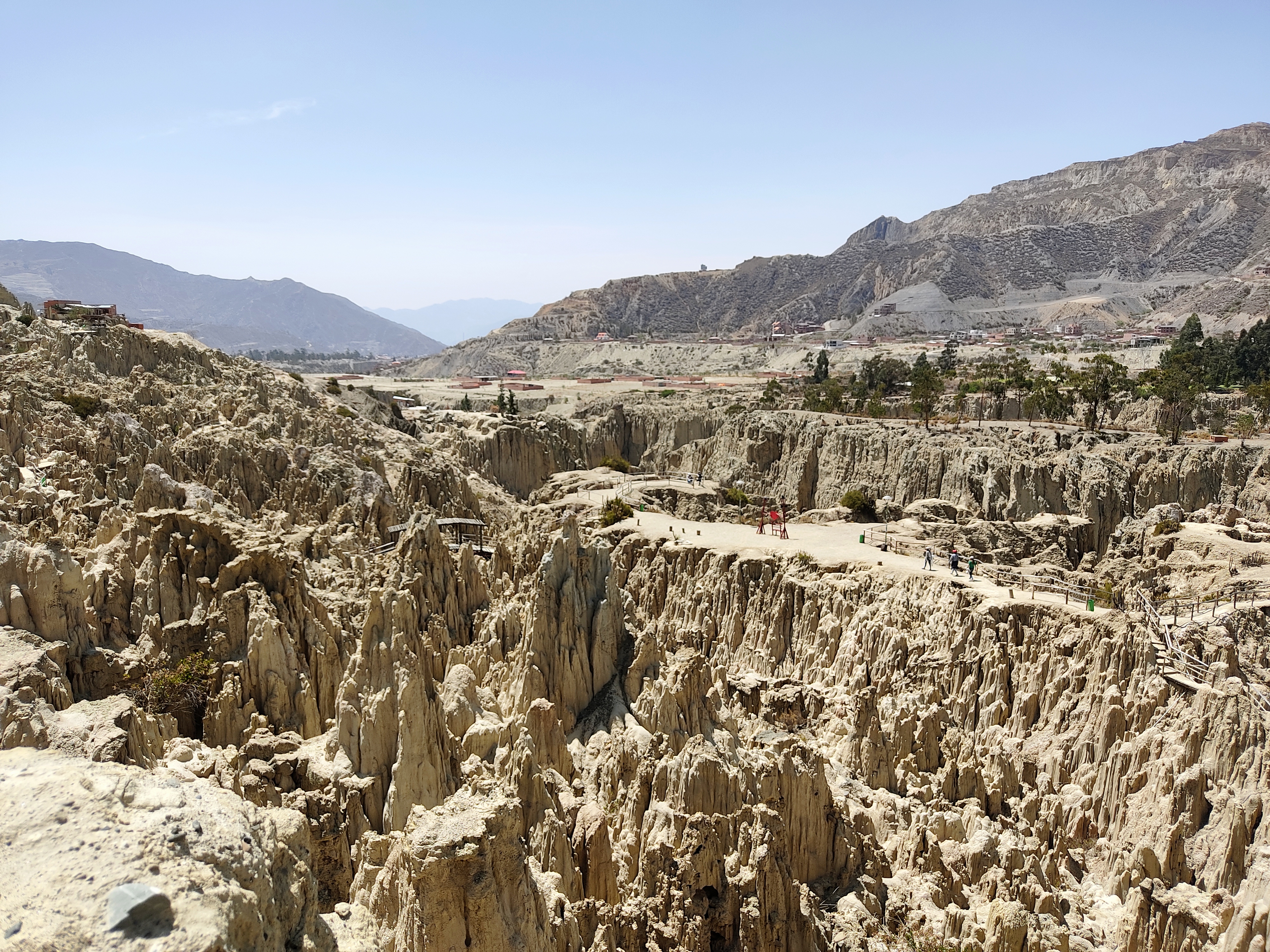
Being perched on a mountainside in the Andes, it is not suprising that La Paz is just a stone's throw away from breathtaking landscapes. Although the city itself is mesmerising to look at, we planned to visit valle de la Luna, one of the closest attractions outside of the city. Although you can pay for an organised tour, it is possible to visit by yourself. All you need to do is find a colectivoColectivos are minivans that drive a certain route, picking up and dropping off passengers on the way. For valle de la luna, you need to head to plaza Mayor de San Fransisco, and find a colectivo that says 'Mallasa' in the windscreen (they usually have 4 destinations listed). The number will be in black text on a yellow background (denotes that the van is heading south). Try not to go at 9am like we did, because the 4-lane road was gridlocked with hundreds of identical-looking colectivos. Finding one heading towards Mallasa was like looking for a needle in a haystack! going the right way, and shout out when you pass the entrance gates to the valley for the driver to let you off. It took a bit longer than we had hoped due to the crazy rush-hour traffic, but we eventually weaved our way out of the city.

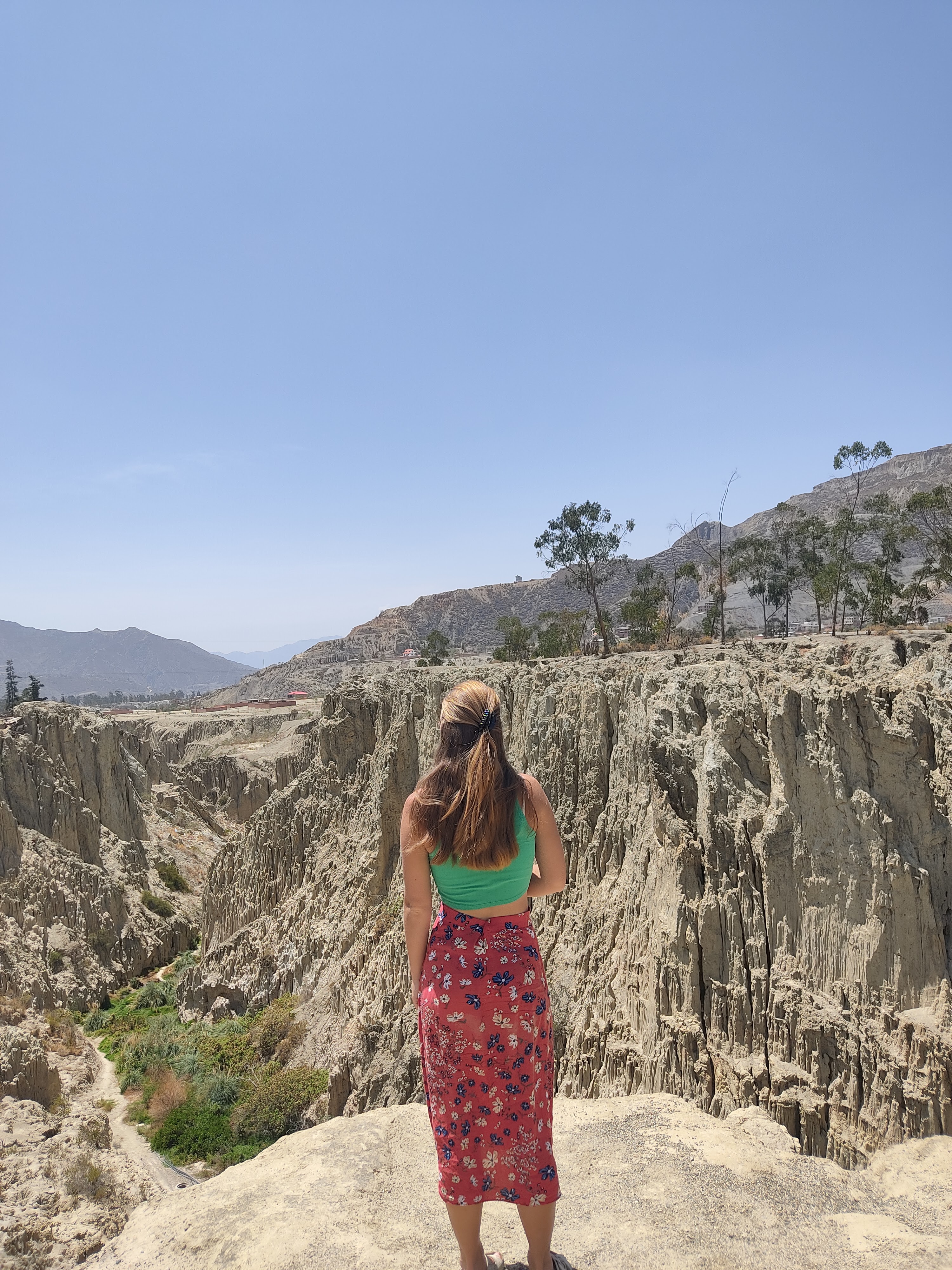
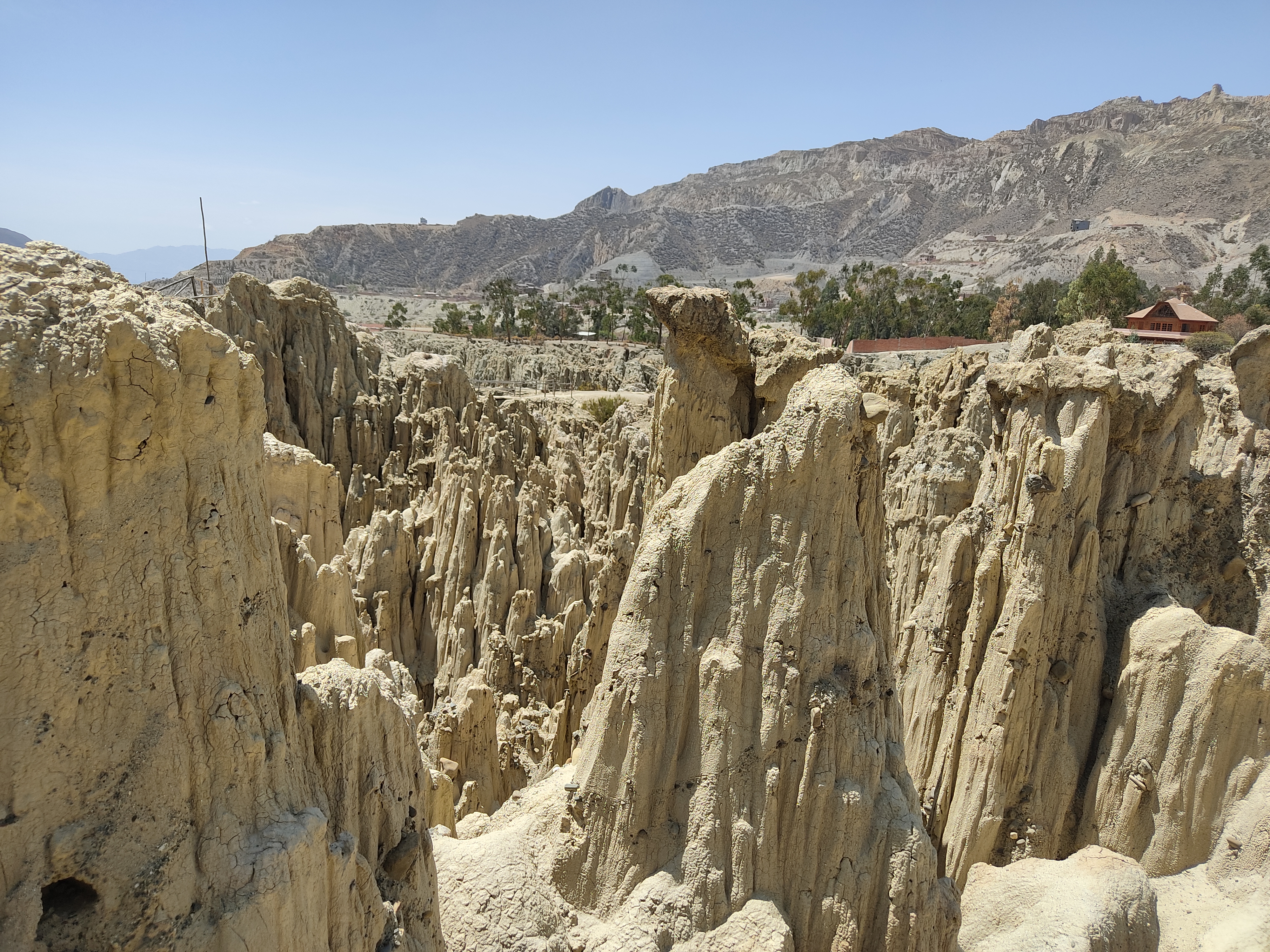
We stepped off of the van in what might as well have been another planet. The strange rock formations definitely had an other-worldlyThe valley is so named because, supposedly, Neil Armstrong first saw the valley after playing golf nearby, and said it looked exactly like the surface of the moon. feel, with vertical spires sticking out of the ground like huge daggers. The valley has two loops to explore, and we chose the longest one which takes 45 minutes. The landscape stretches as far as the eye can see, with mesmerising rock formations covering the entire area. By the time we arrived, the sun was high in the sky and so the valley has a notable lack of shadows in our photos. It is a good idea to visit in the afternoon, so the sun illuminates the rocks more and accentuates the rugged terrain.
Cycling Death Road
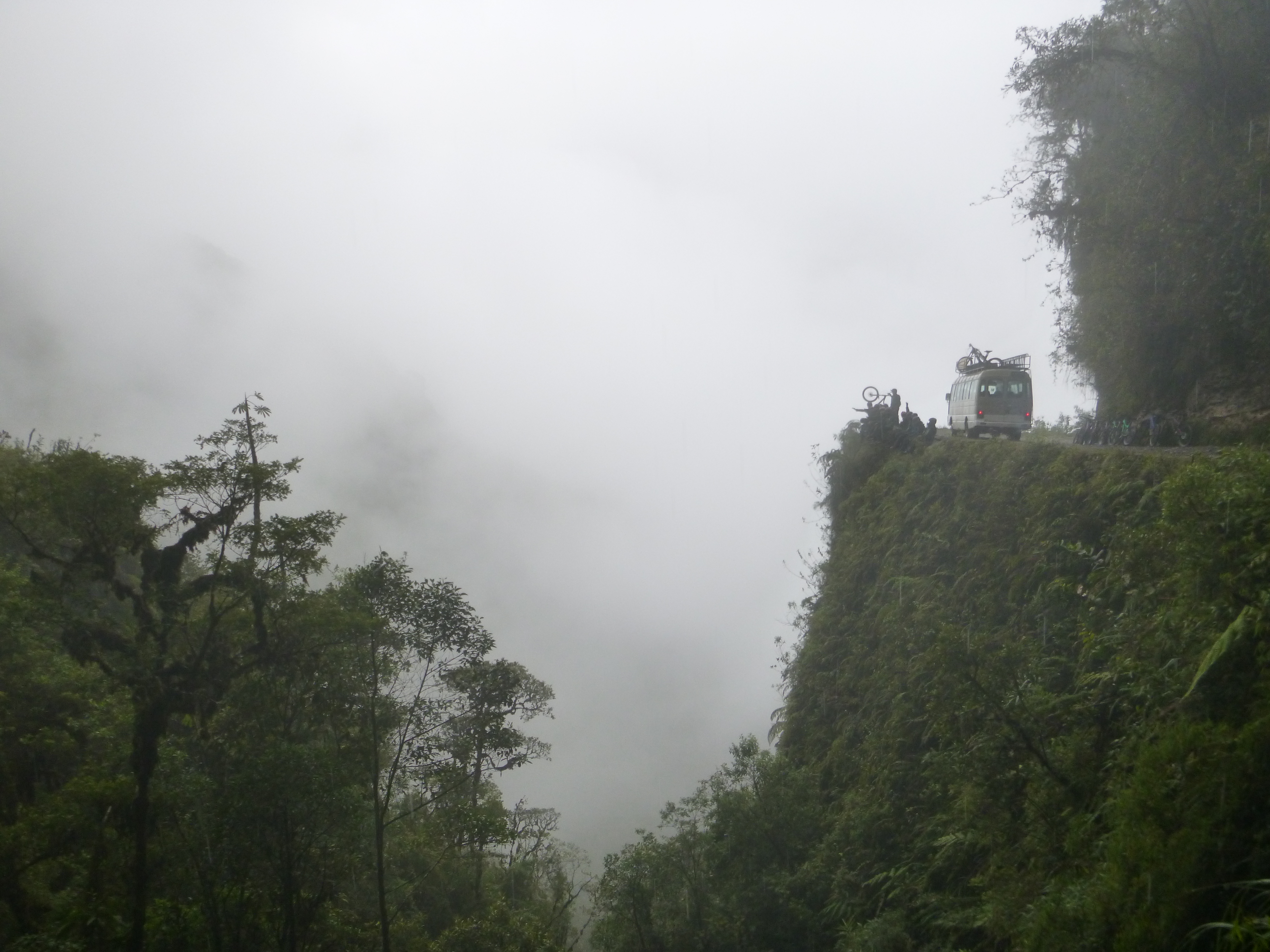
Frequently listed as one of the best things to do in La Paz, we were initially very nervousIn our hostel, a group of boys came back one evening comparing the bruises and grazes they had acquired on their tour. The following morning, a girl was sat in reception with her arm in a makeshift sling, suspecting a dislocated shoulder.
After completing the tour ourselves, we have no idea how you could pick up these injuries, unless you are exceptionally careless or incredibly unlucky. about the mountain biking tour of Death Road we had booked. Officially the North Yungas road, this used to be statistically the most dangerous road in the World, with over 300 mortalities per year. The path is narrow, loose, and winding, with huge vertical drops inches from the road’s edges. It used to be used by large buses and lorries travelling between La Paz and smaller northern towns, but today the road is closed to motorised traffic, since a new, safer road has been built as an alternative route. This means the road is empty, except for the mountain biking tours which depart from La Paz.
After completing the tour for ourselves, we had a totally different perspective. As our guide said on multiple occasions, unless you have no common sense, it's virtually impossible for anything serious to happen. The road was (barely) wide enough for two-directional car traffic, so is more than wide enough for a bike. Sure, there are a few sharp corners with steep drops and no barriers, but as long as you stay in control of the bike everything is fine. Remember, you are riding the bike and so you can control how fast/slow you dare to go. The bikes provided are super high-tech mountain bikes, and if anything isn't right the guides will swap it out for another one (even if you are halfway down the road), since their support bus is always following closely behind the group.
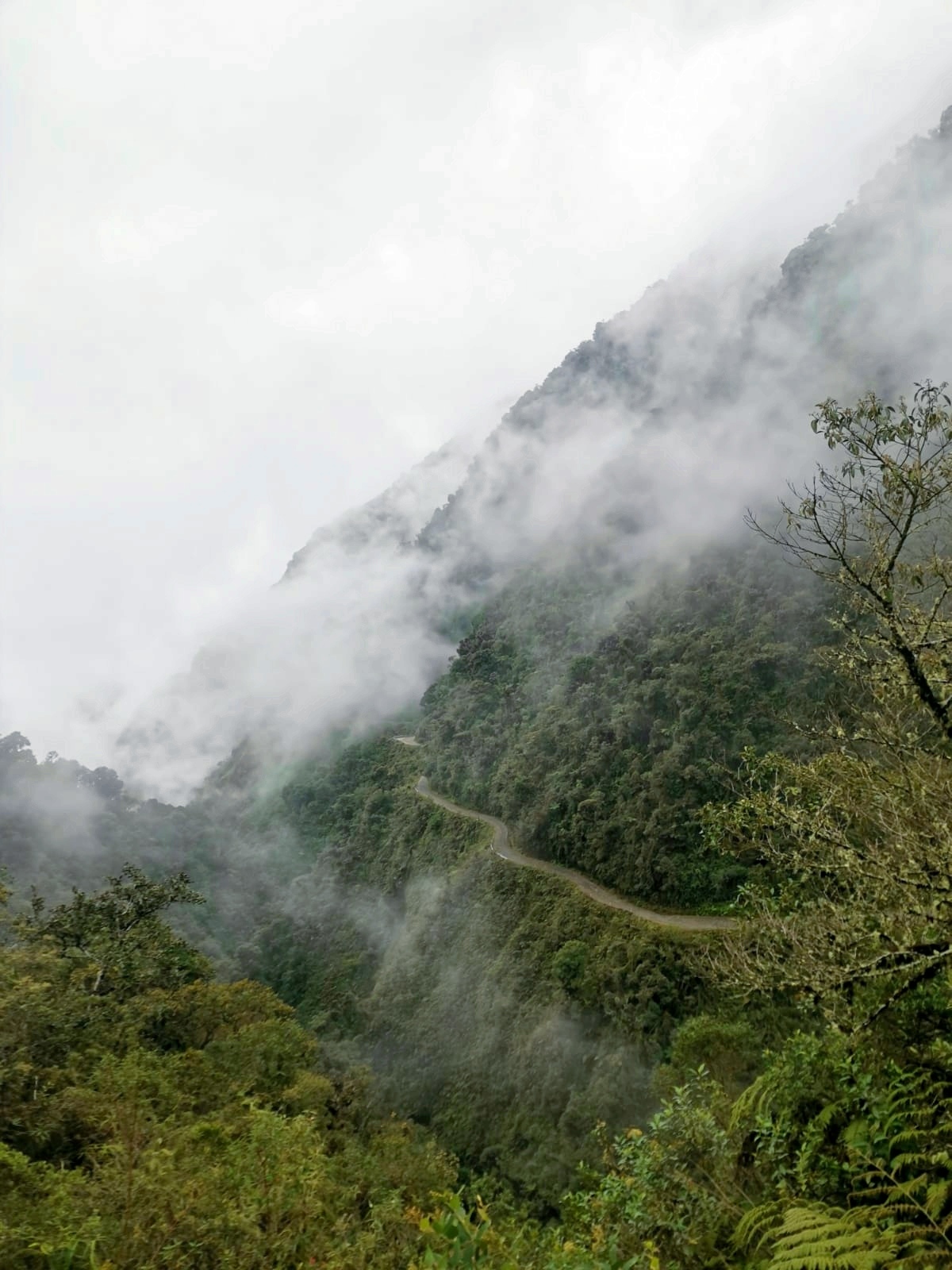
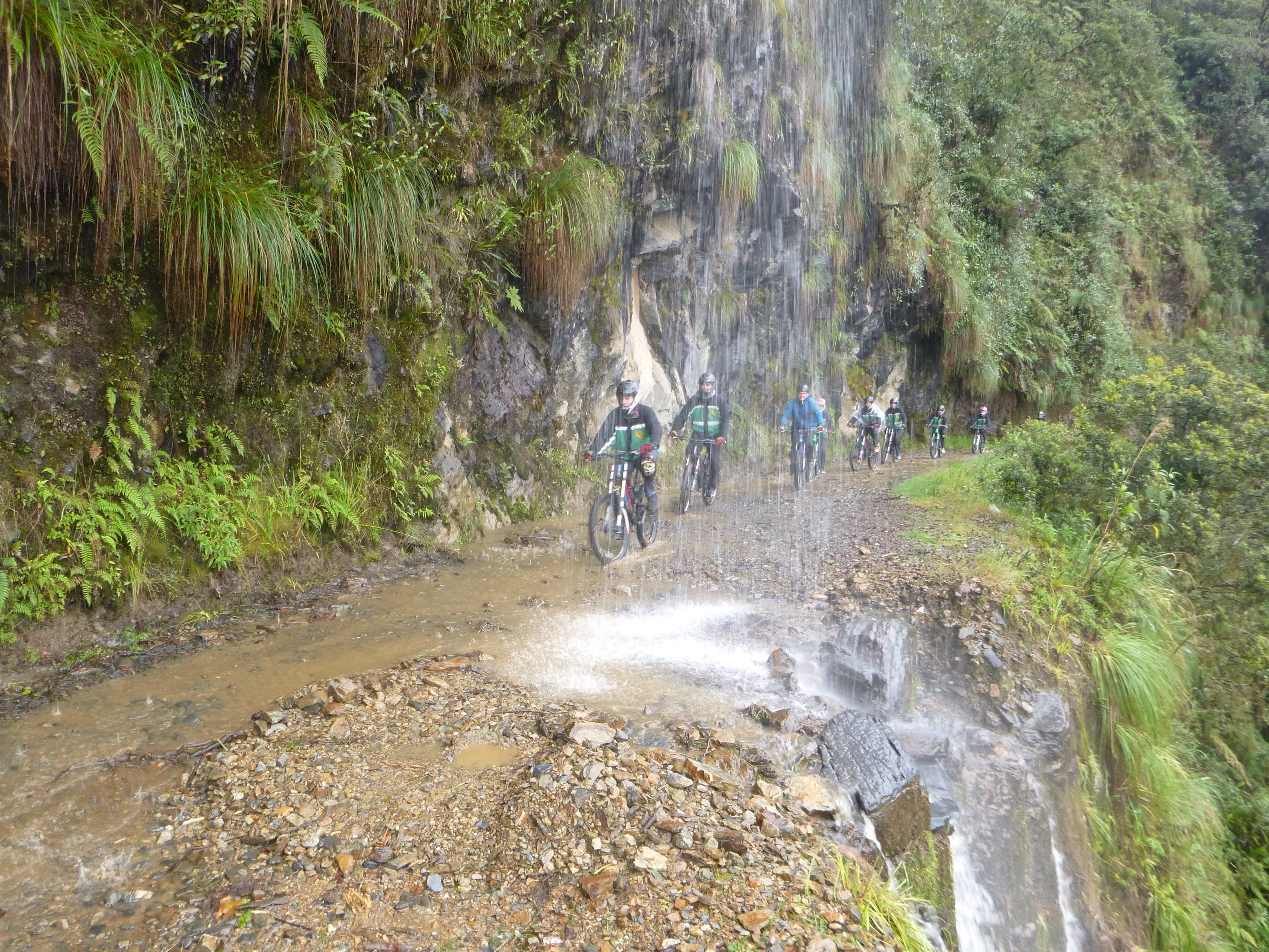
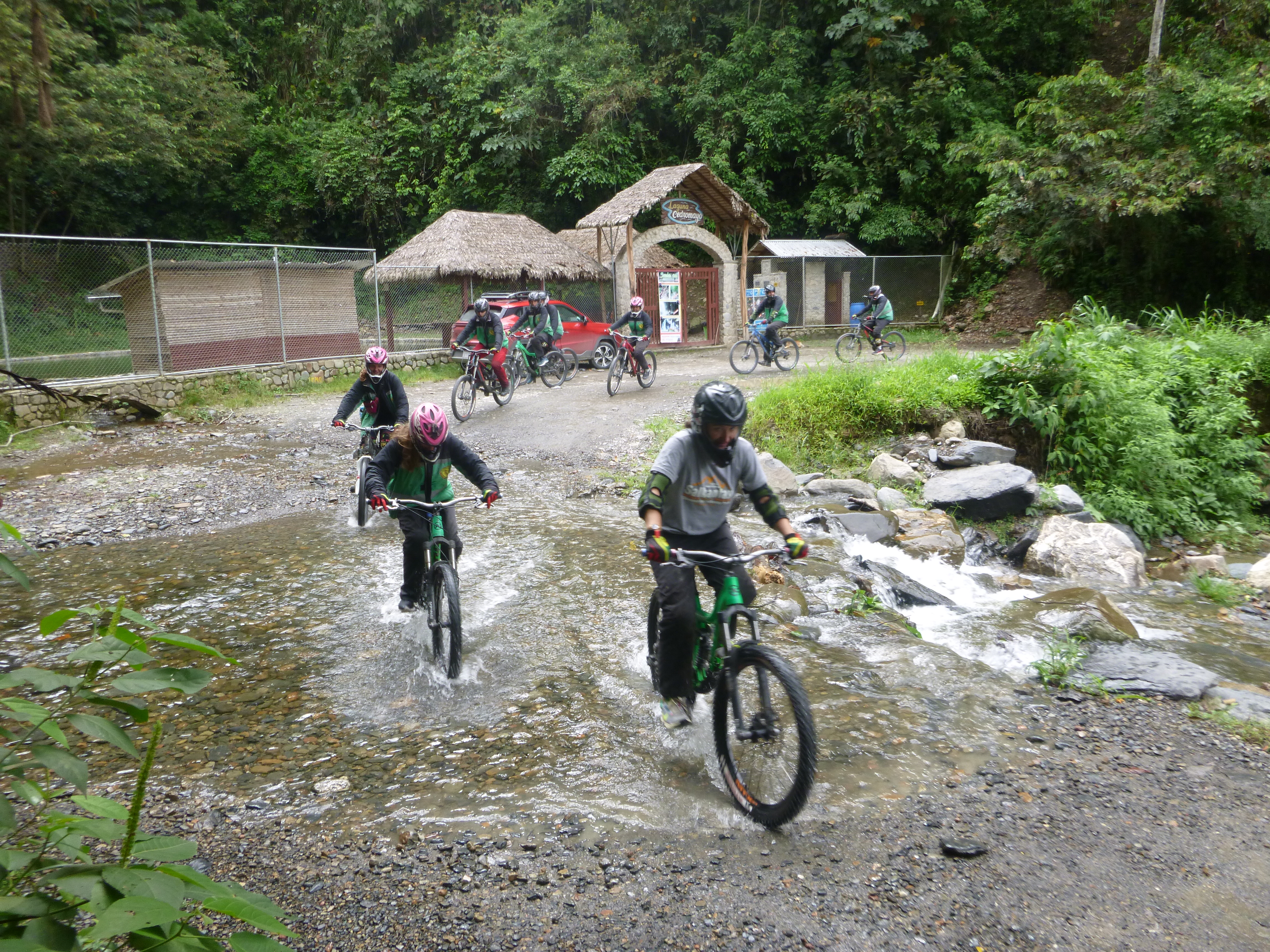
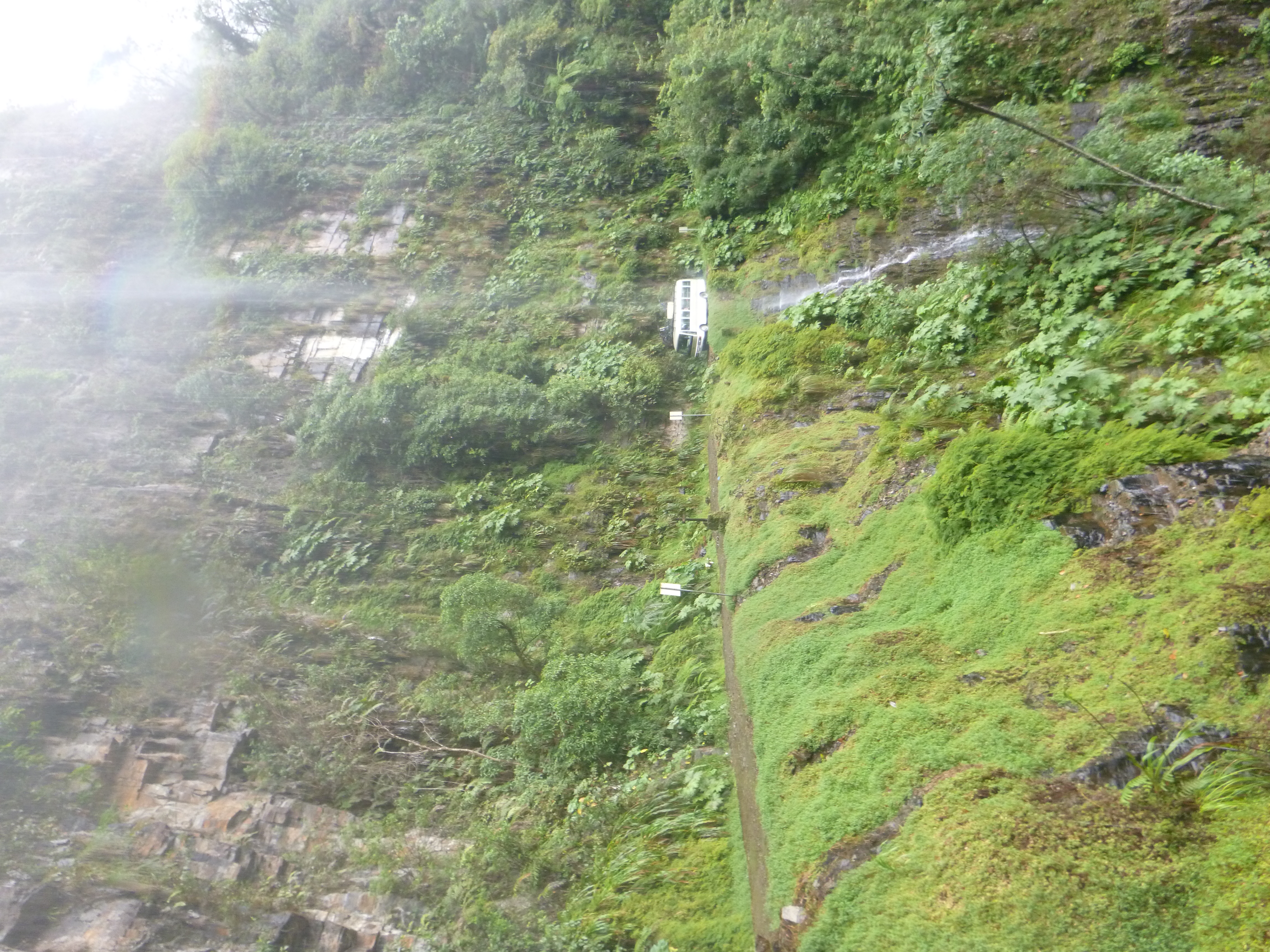
The ride may sound long, at 70km, but it is all steeply downhill, so we barely had to pedal as the day flew by. The road starts high up in the mountains, on a tarmacked surface. For us, it was raining and we got completely drenched as we cycled through the thick clouds. Shivering slightly at first, we raced down the tarmac, constantly squeezing the hydraulic brakes at least a little. Easing off the brakes just a fraction quickly lead to roller-coaster like acceleration, reaching speeds usually experienced in cars, as the road descended steeply, from the high mountains to the sweaty jungle.
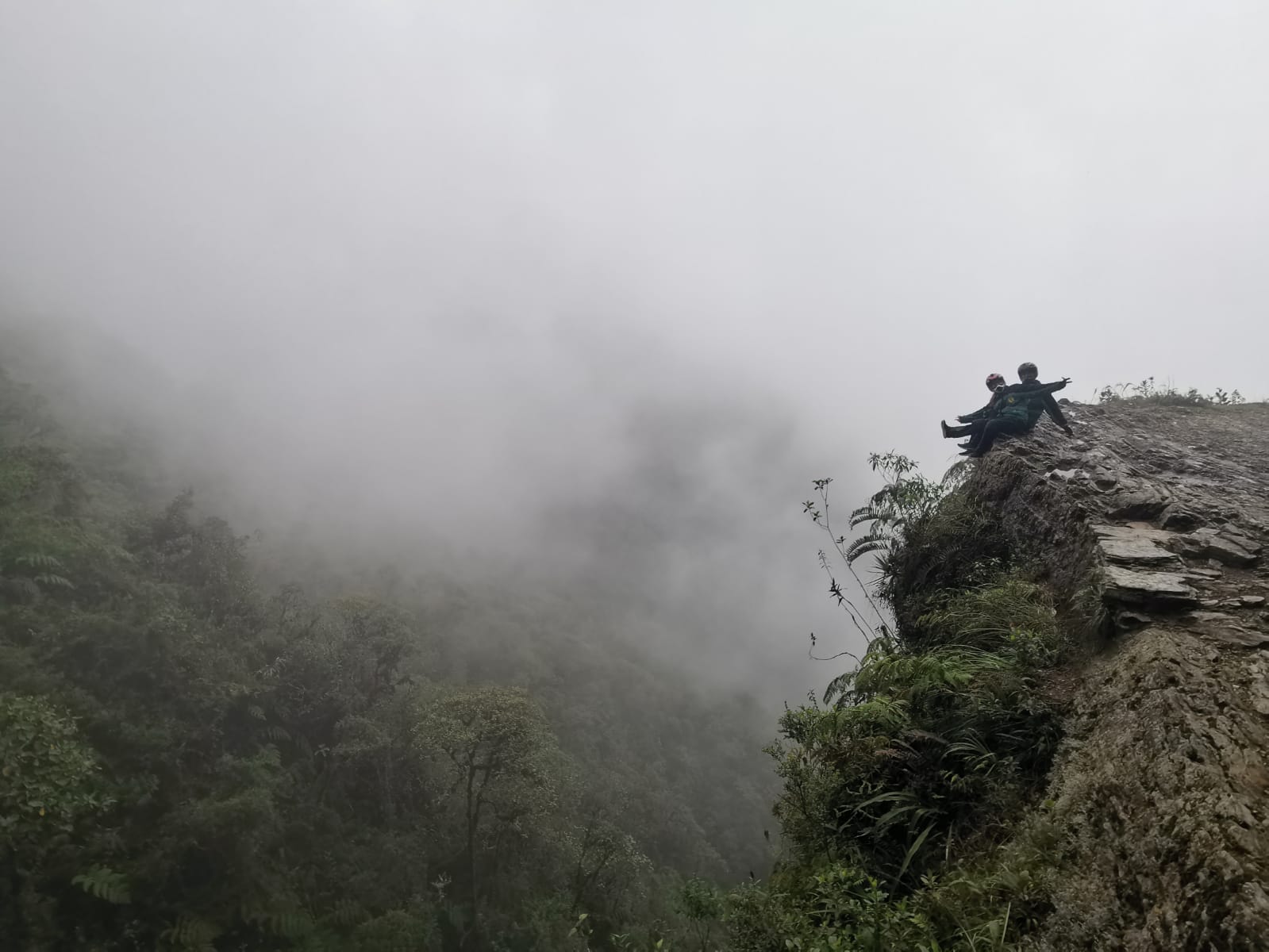
After a soggy 12km on tarmac, which went by in a blur, we had left the high mountains and veered off down the rocky jungle road. Here, we passed constant sheer drops which made for some incredible views over the lush greenery. Whizzing downhill through the clouds, cliffs, and jungle was a surreal experience, and the kilometres flew by. As we flew through the foliage and splashed under waterfalls, the death road suddenly didn't feel quite so scary. After a few obligatory photo stops, we reached the bottom of the World's most dangerous road, and enjoyed a buffet lunch and swimming pool to cool off in the jungle heat.
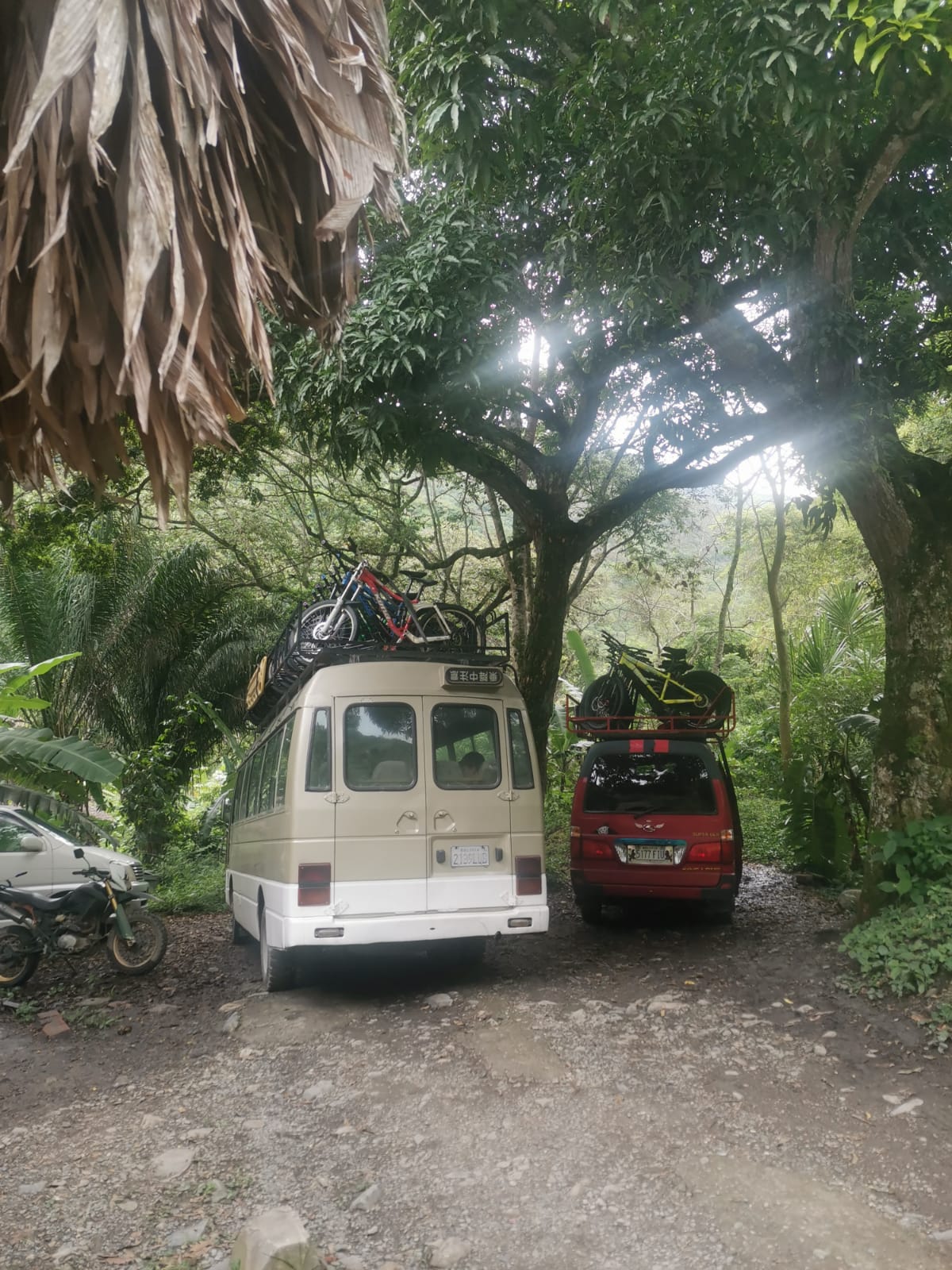
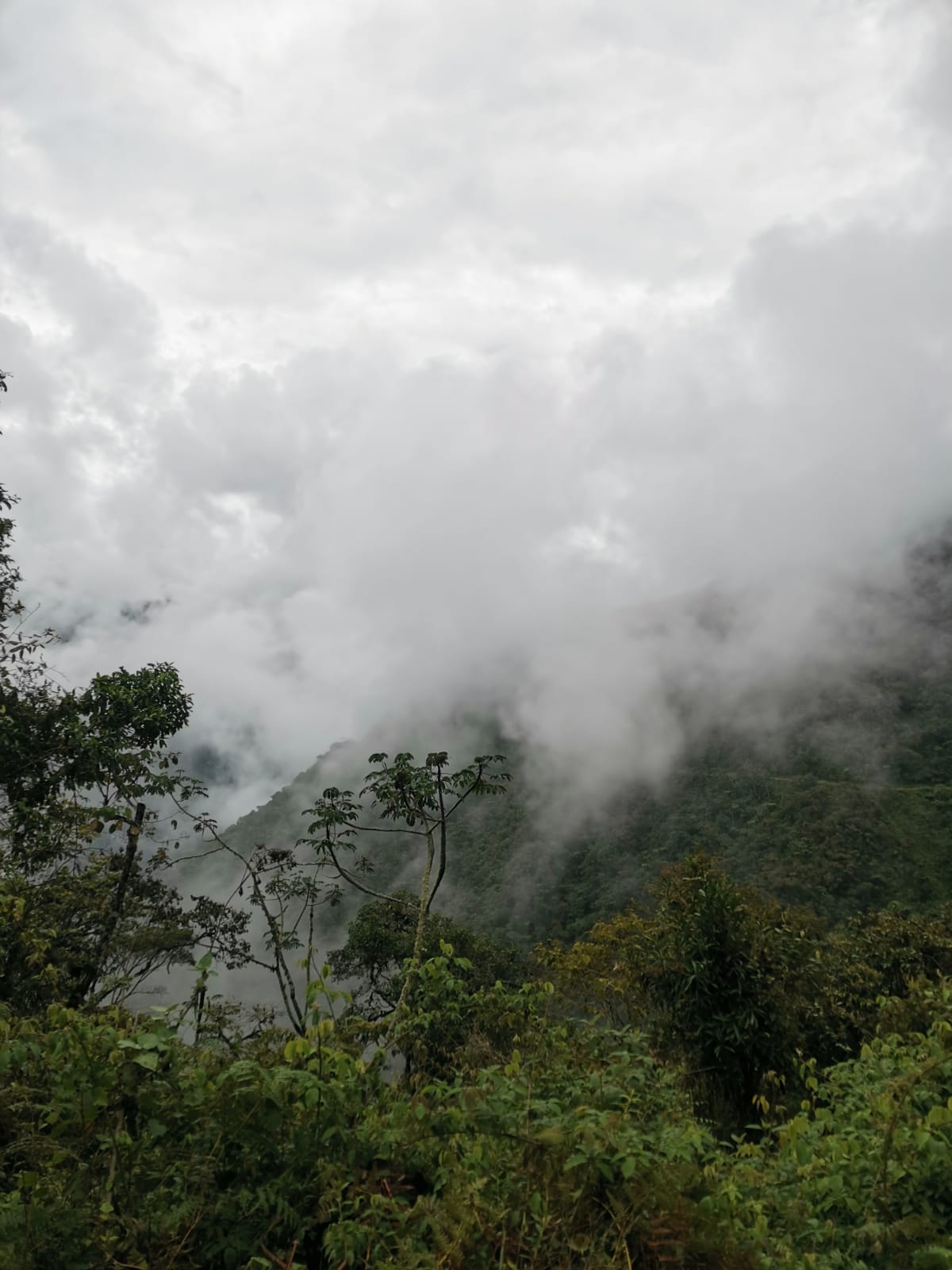
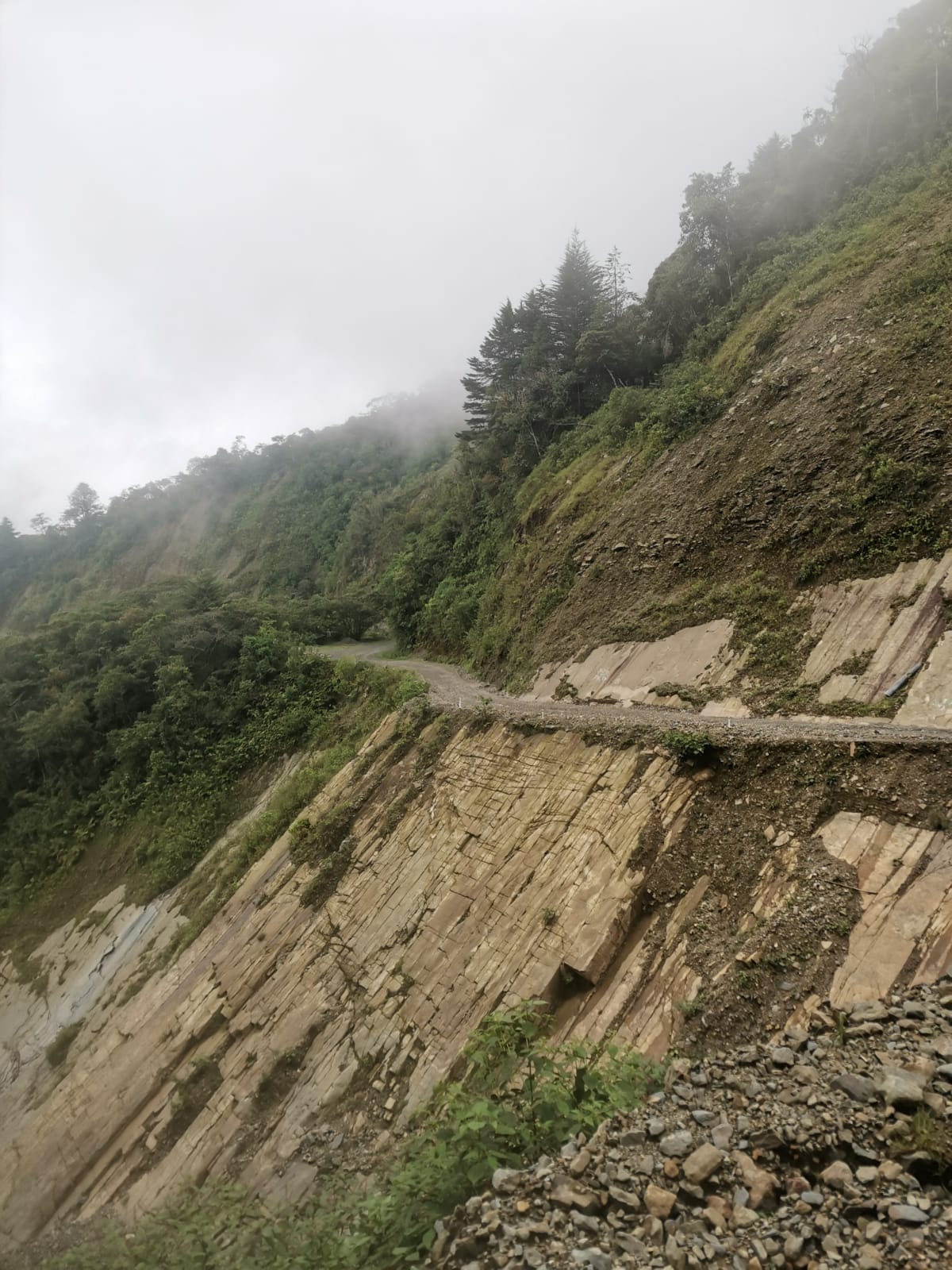
Most people headed back to La Paz, via a 3 hour drive along the new Yungas road, however we took a different route, concluding our time in La Paz and staying in Coroico (where the death road ends), before heading into the jungle.
Overview
La Paz was undoubtedly one of the best cities we have ever visited. Everything about it tells a unique and intriguing story, all combining to create a dynamic and vibrant city. From the huge, bustling markets of El Alto, to the peaceful cable cars bobbing over the city, the friendly locals, great food, and fascinating sites to see make the city truly unforgettable. Venturing slightly further afield, you will find andrenaline filled adventures, mountainsIf we had had more time, we would have taken an expedition to climb Huyuana Potosi, one of the tallest peaks around the city. We heard lots of amazing things from others who completed the climb. to climb, and strange, otherworldly landscapes to explor. No trip to South America would be complete without taking the time to experience the wonders of La Paz.
